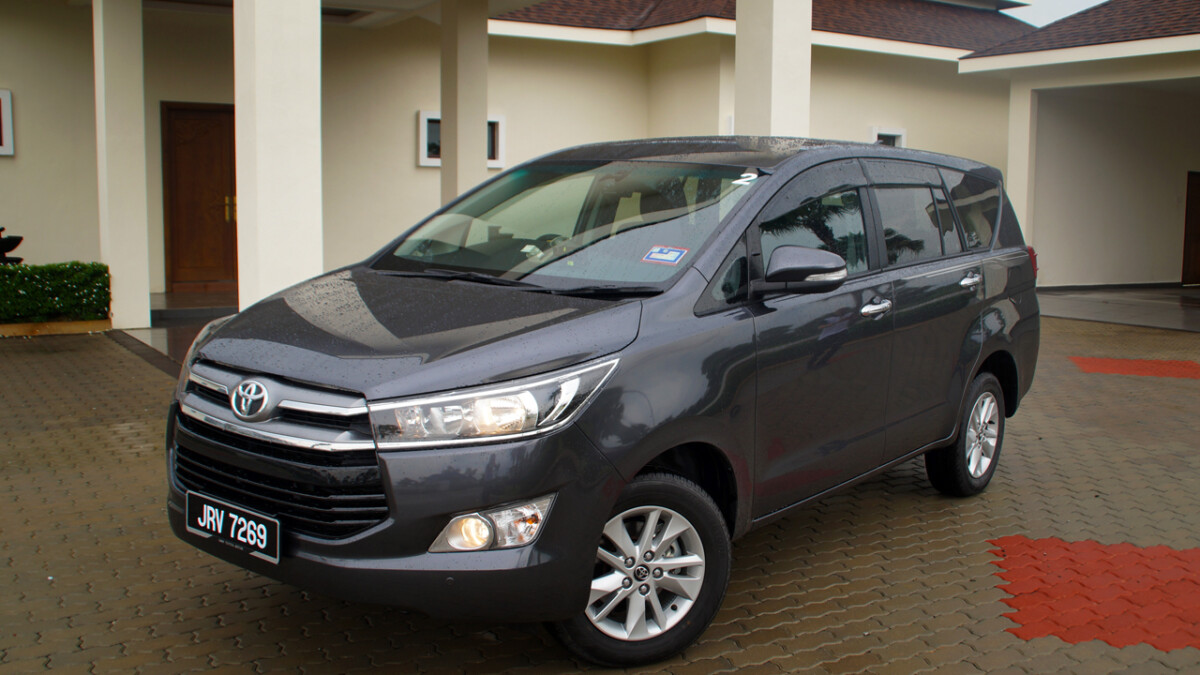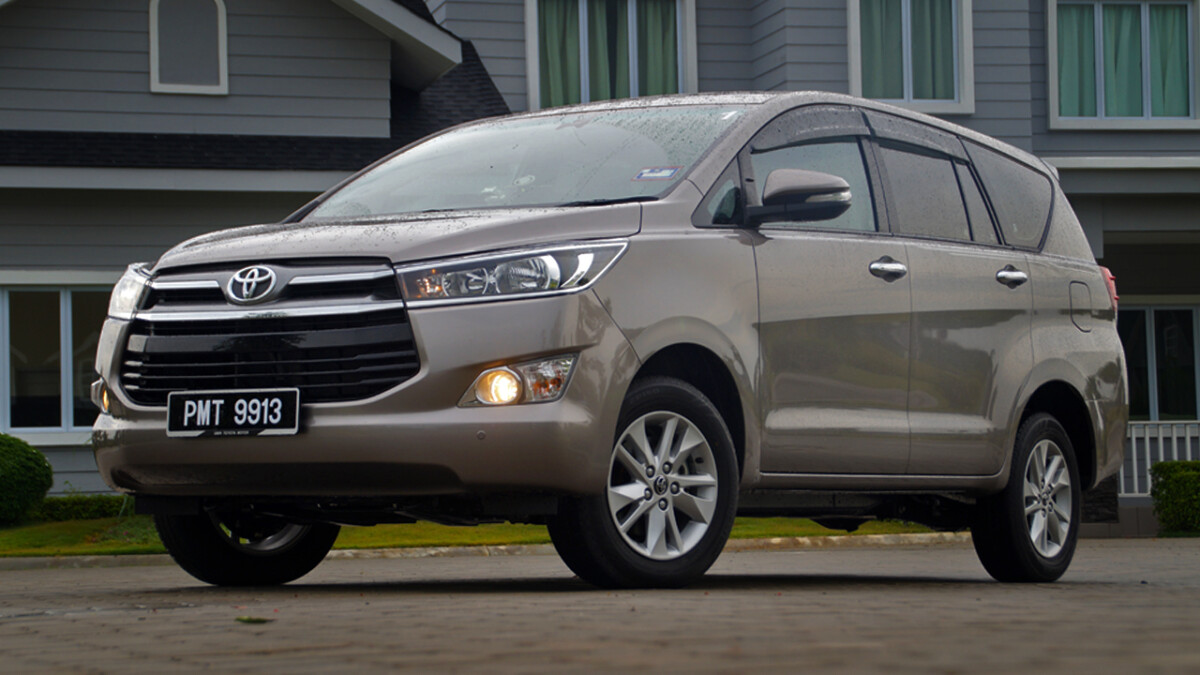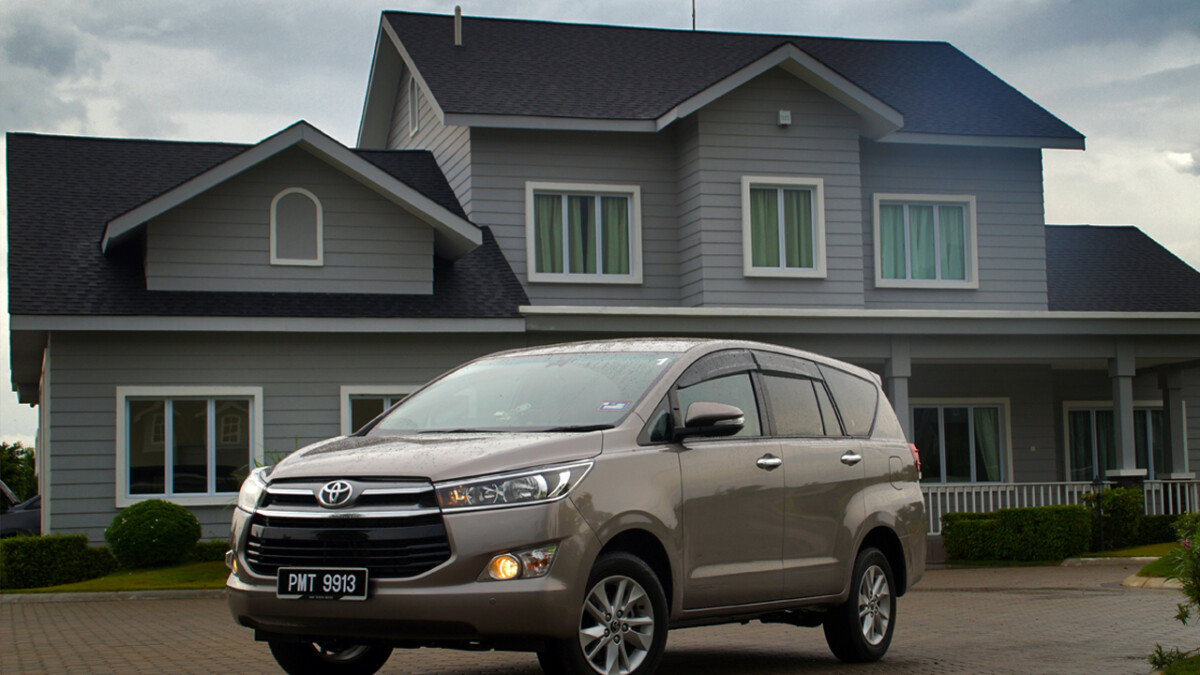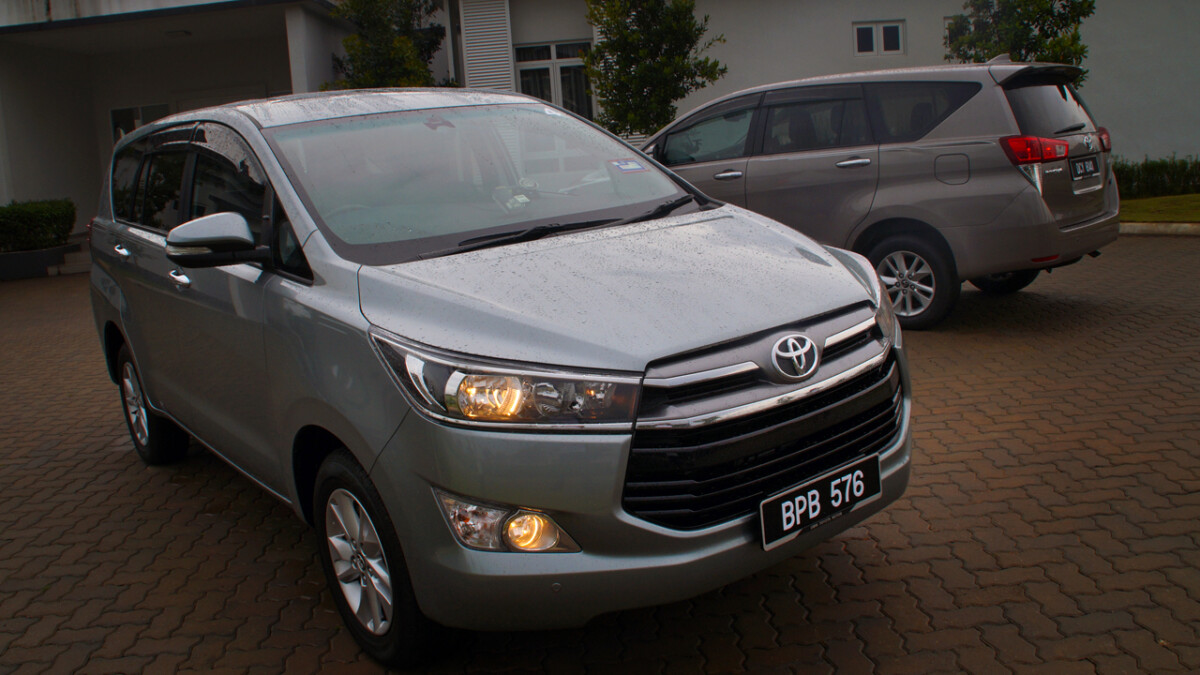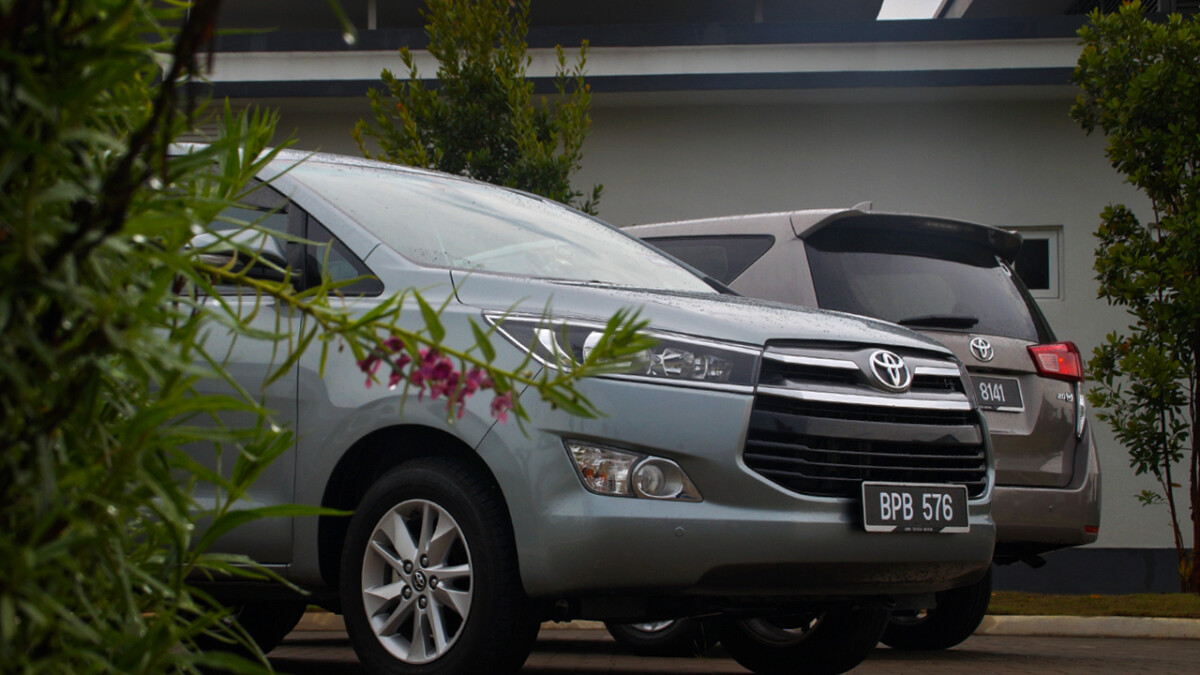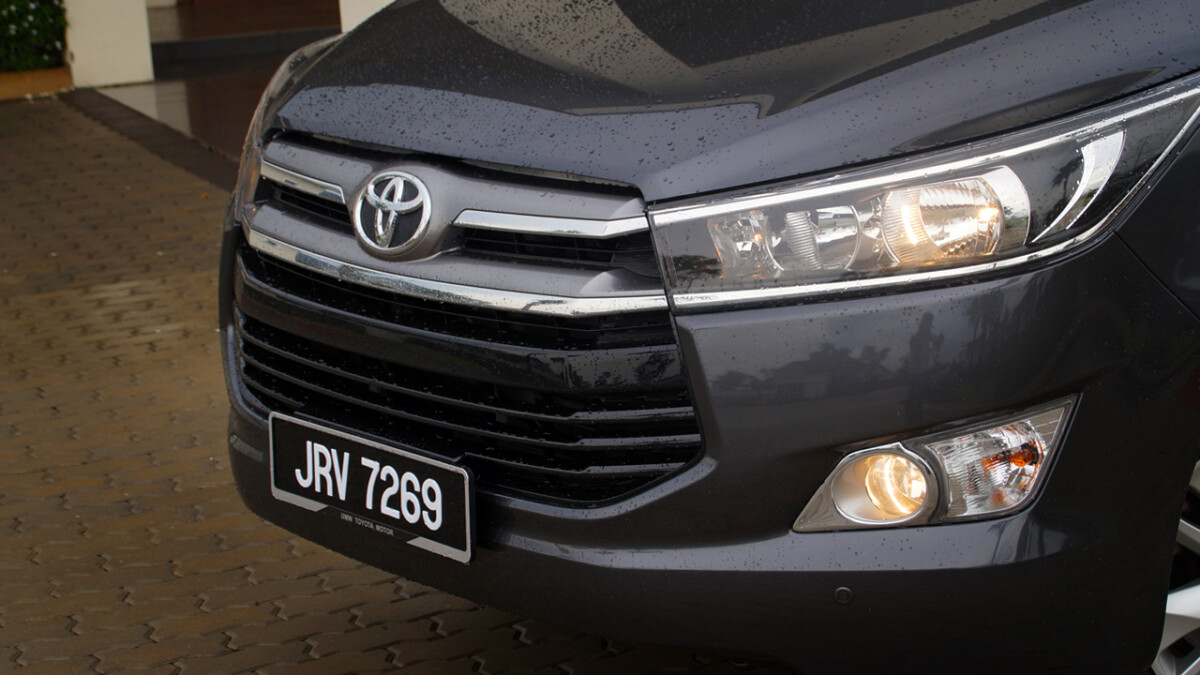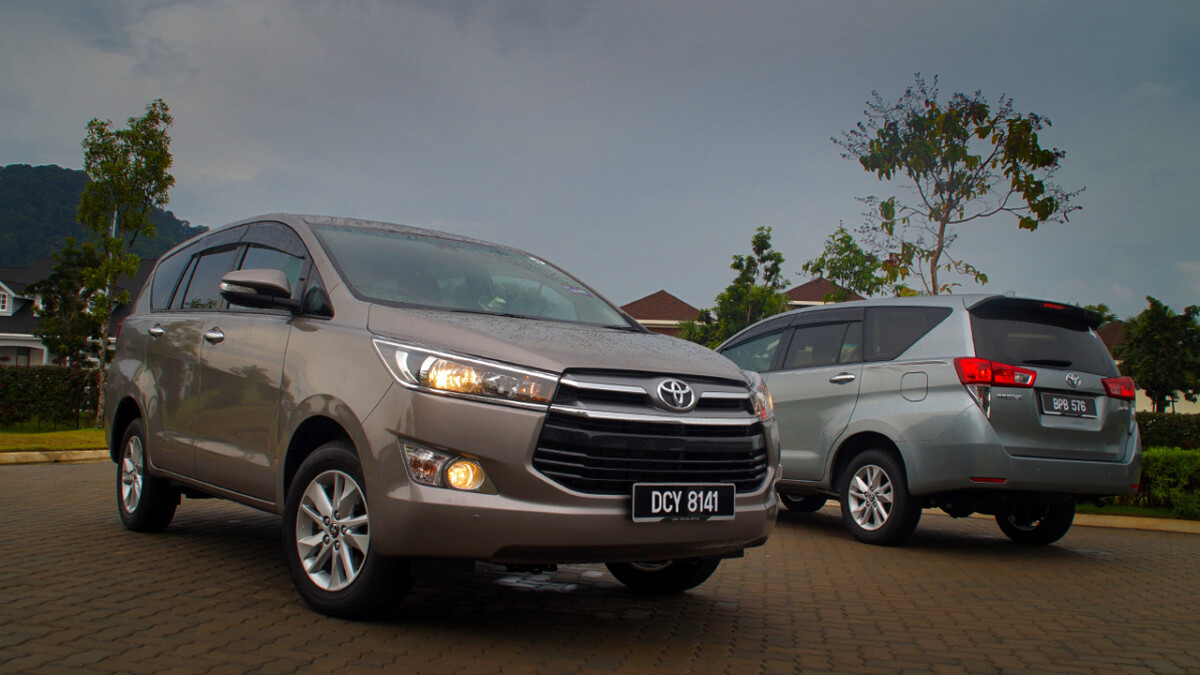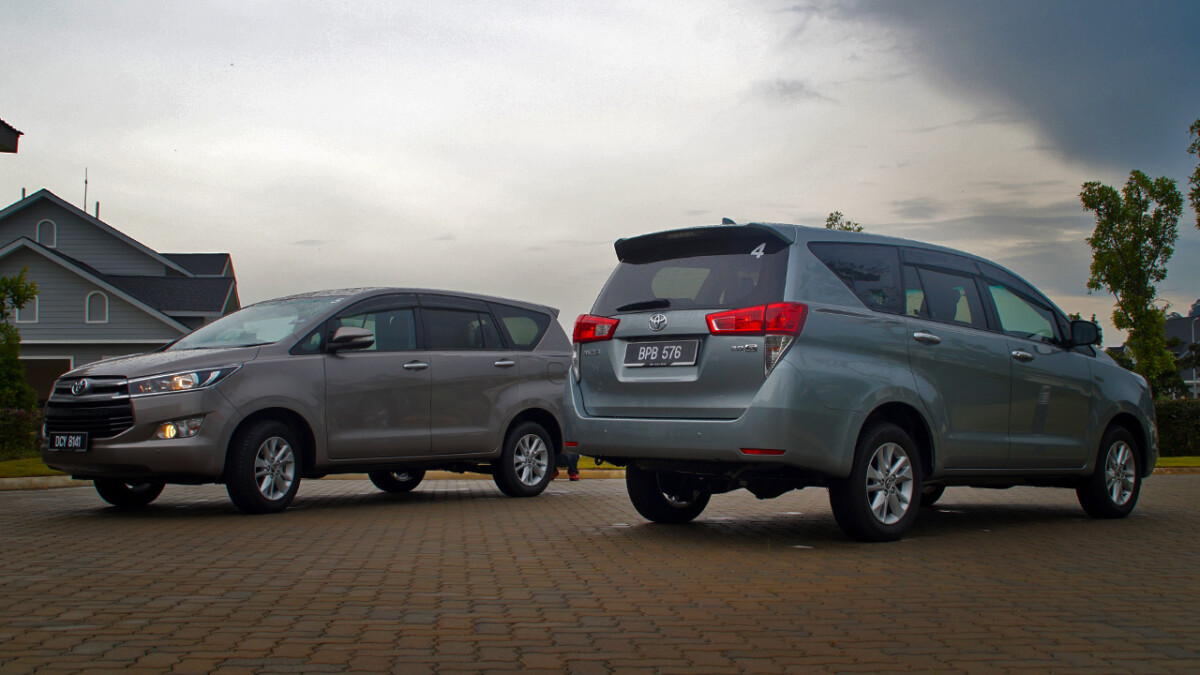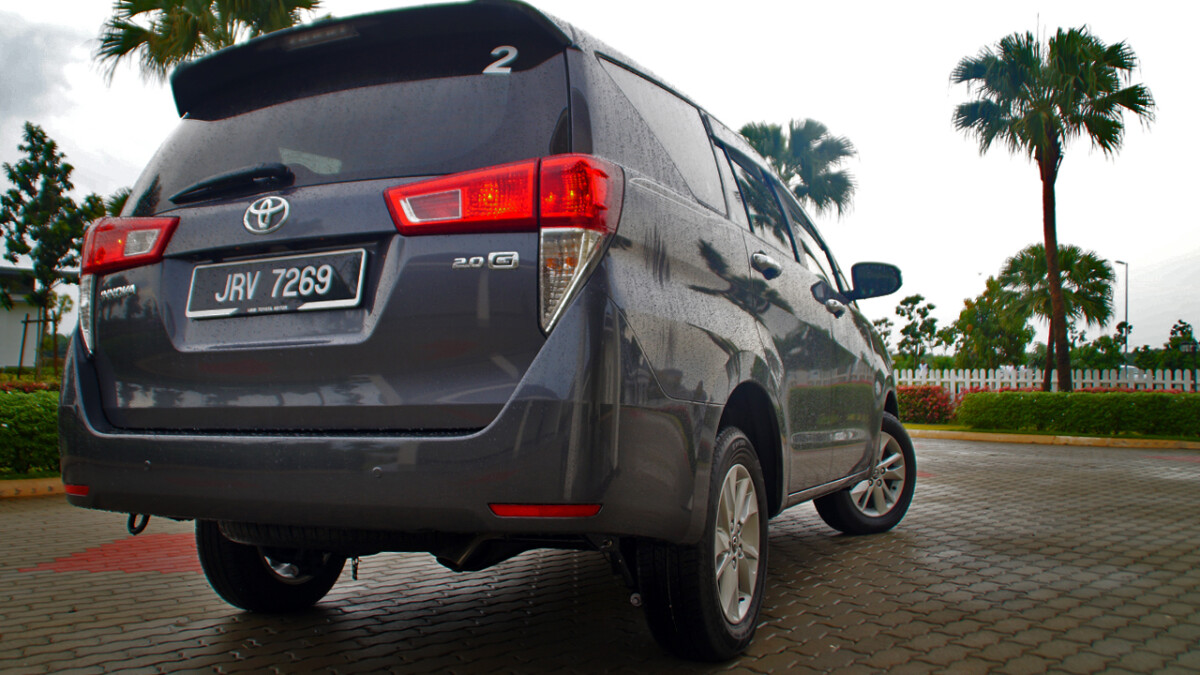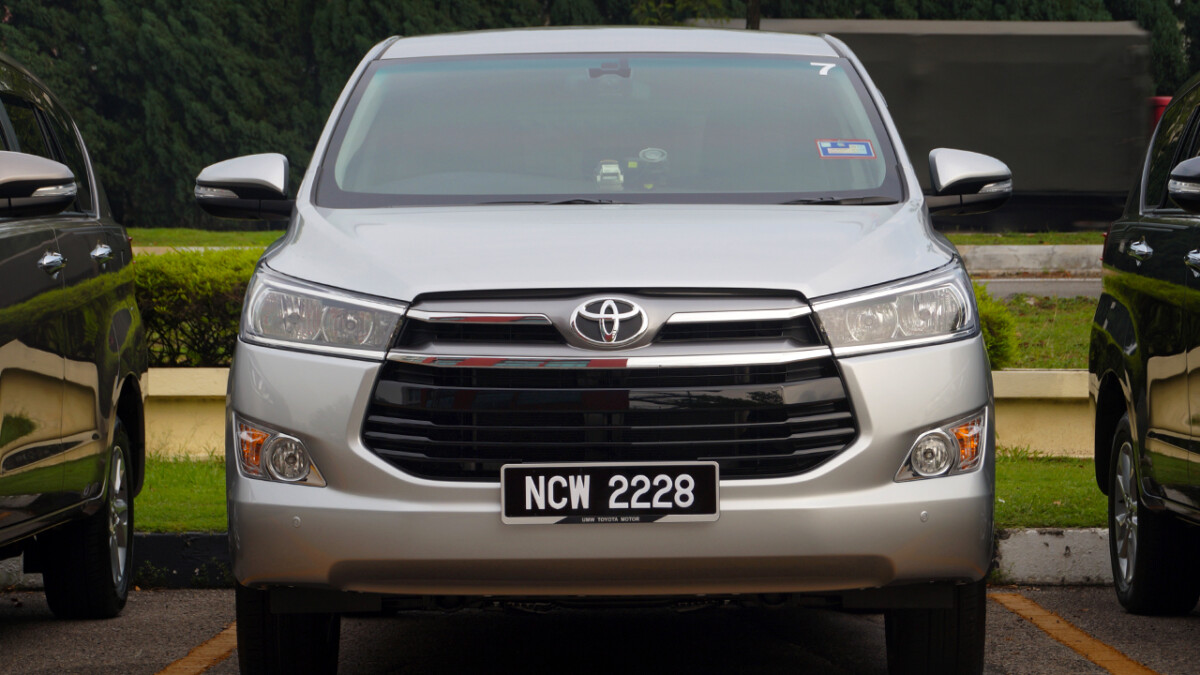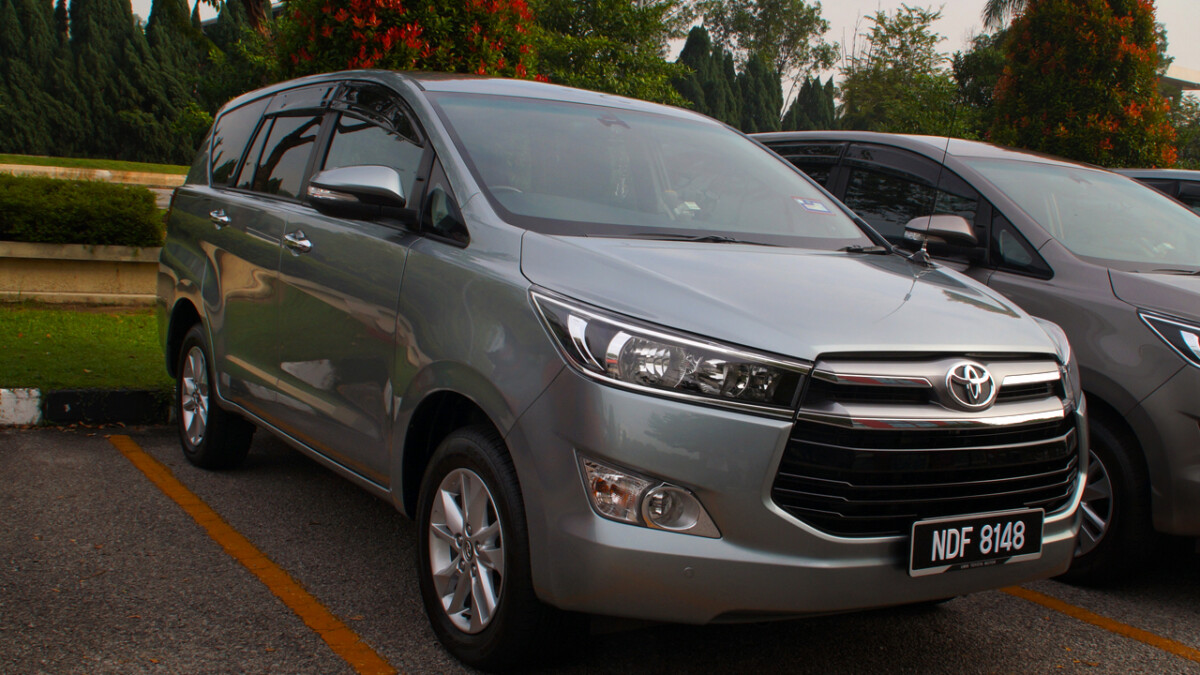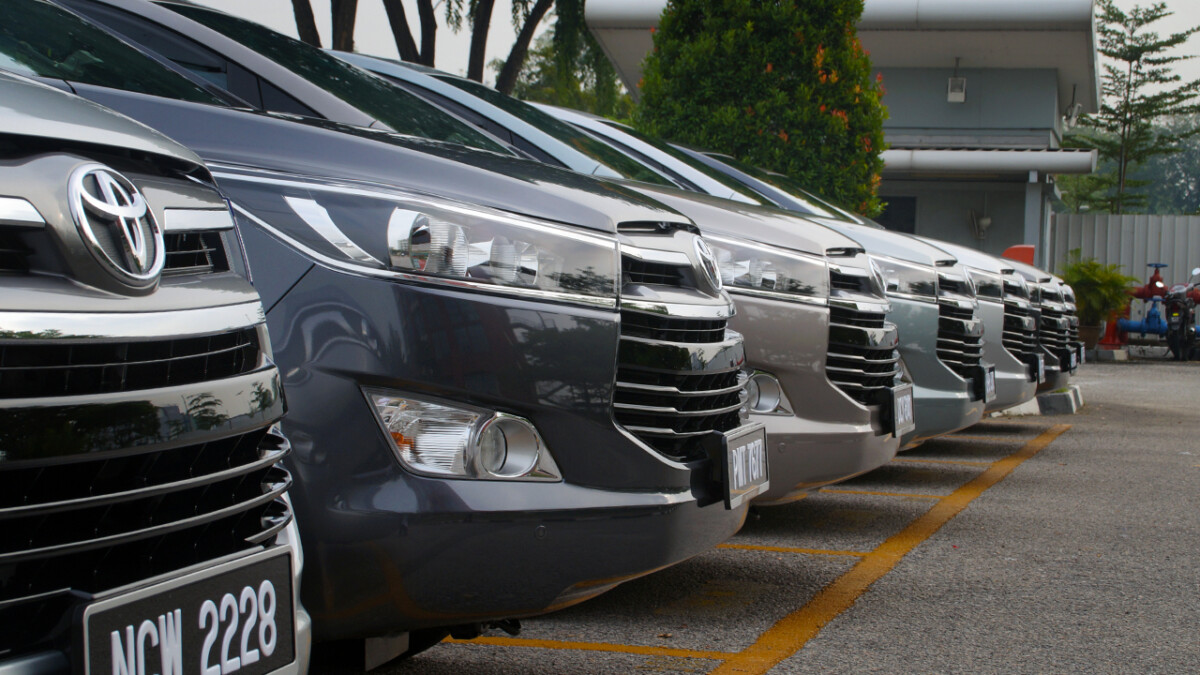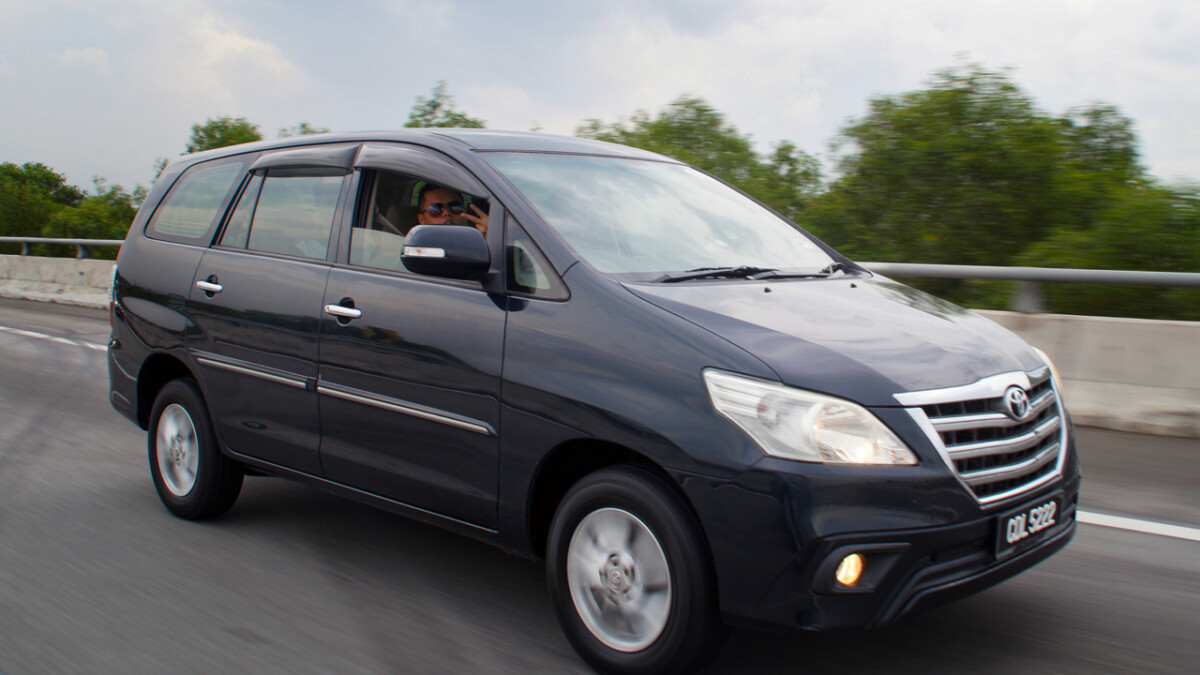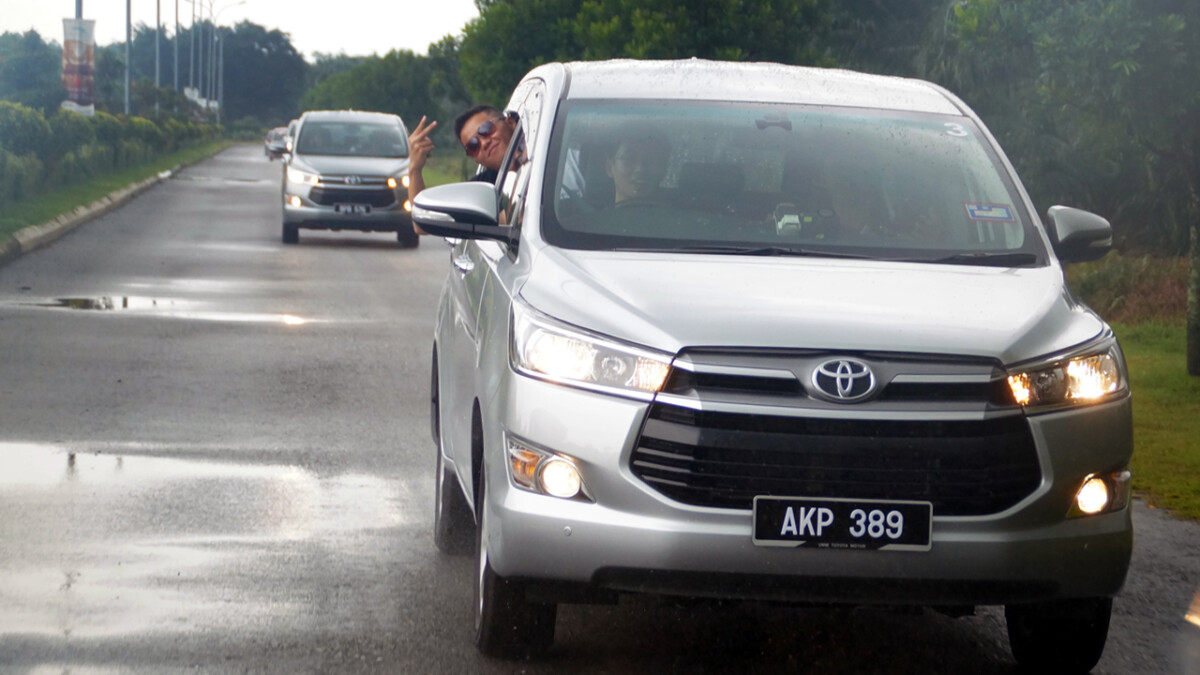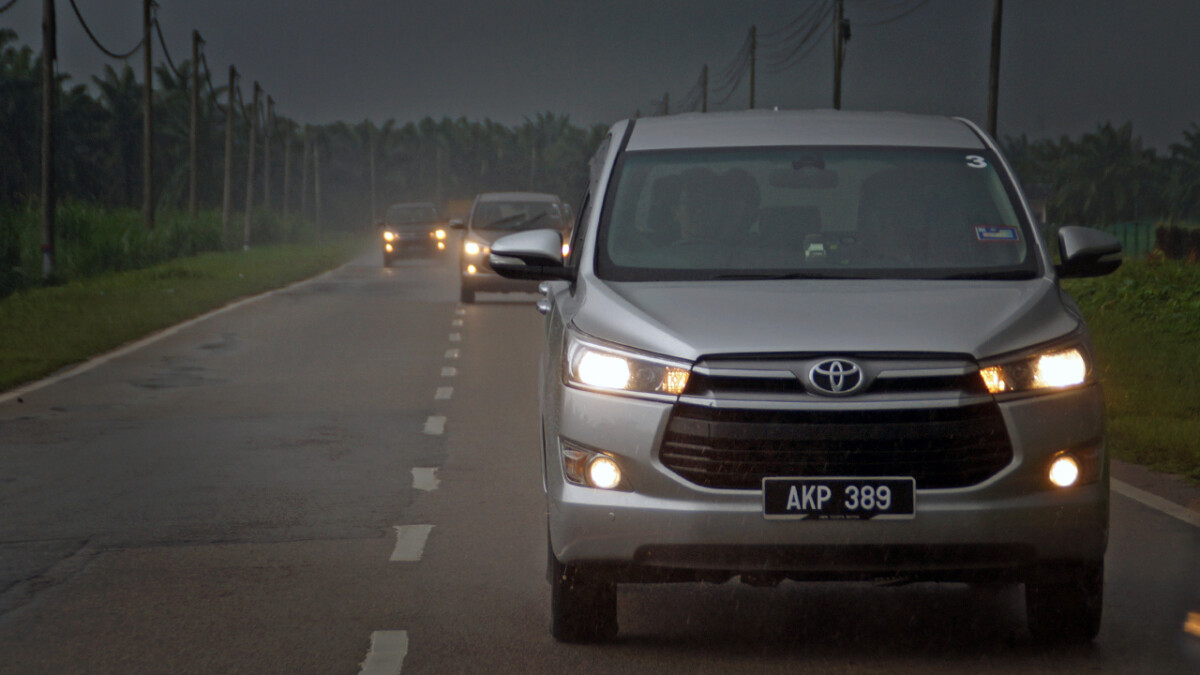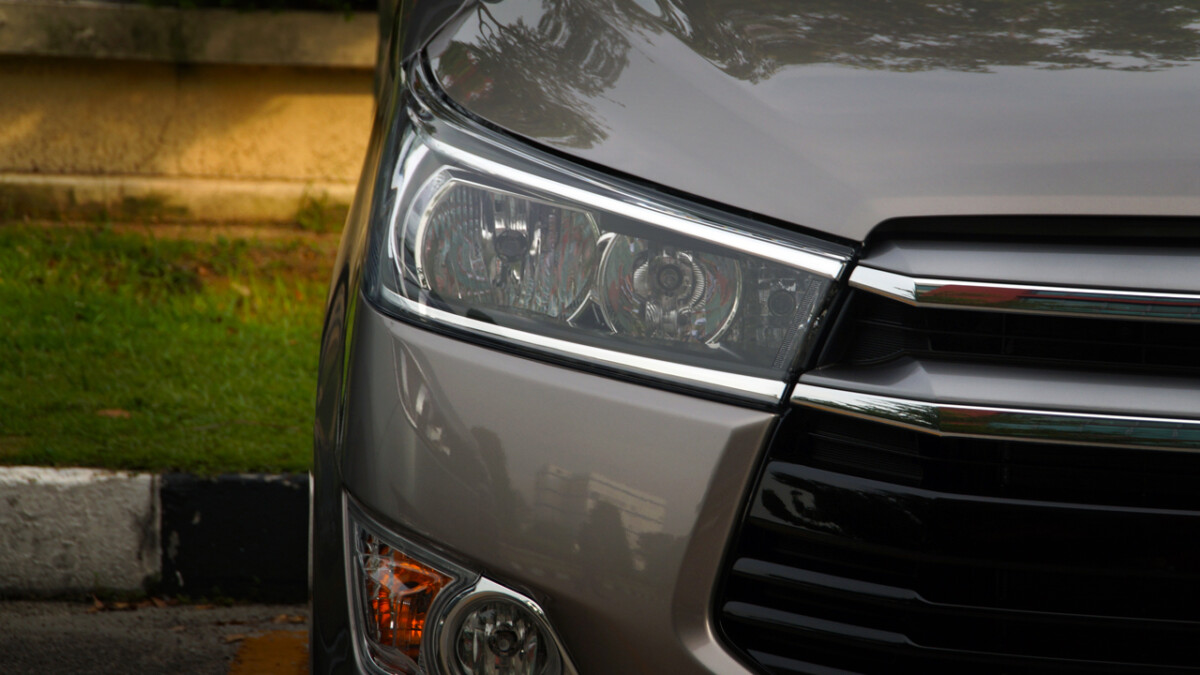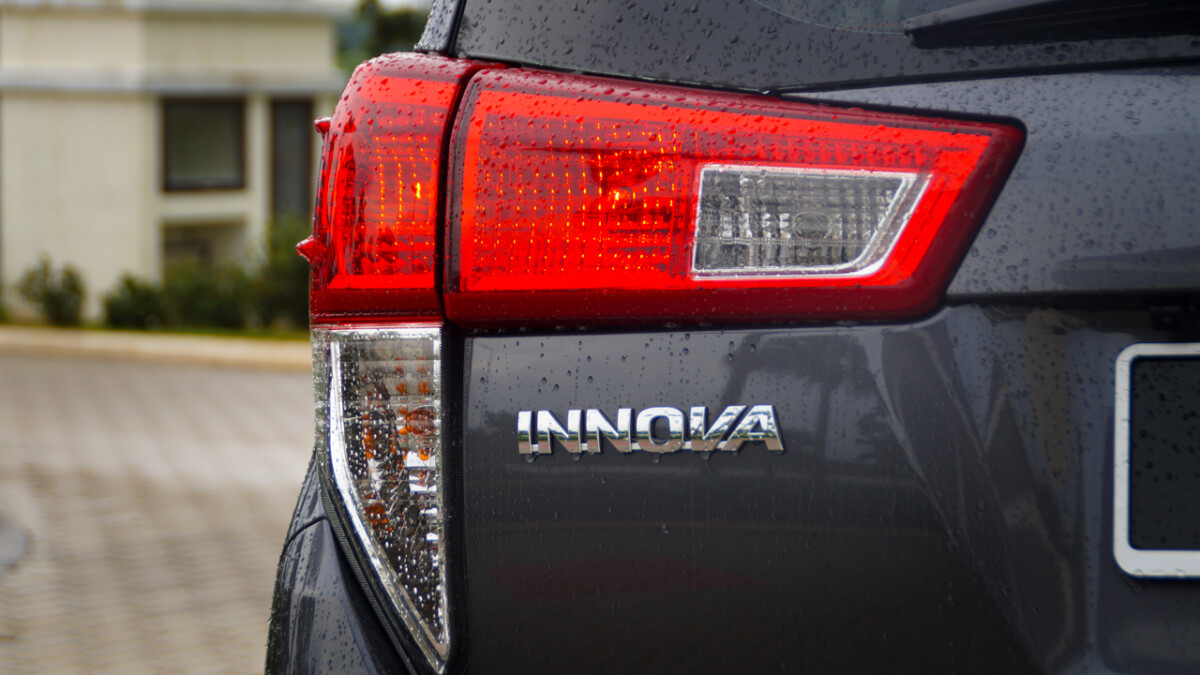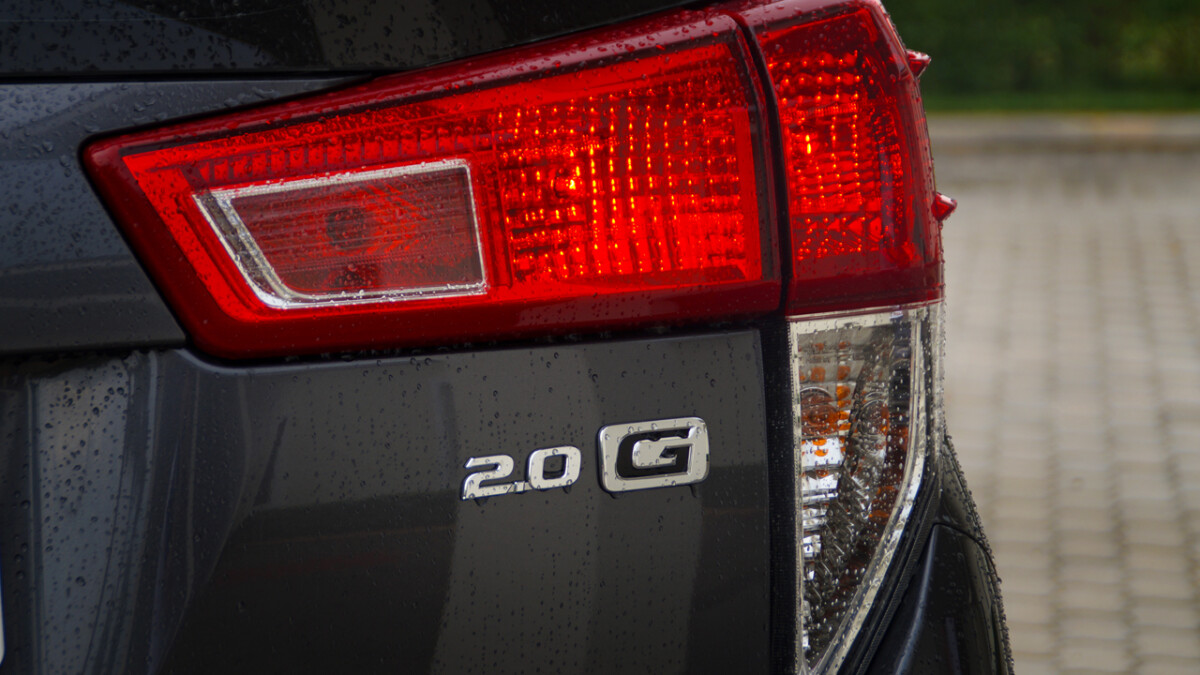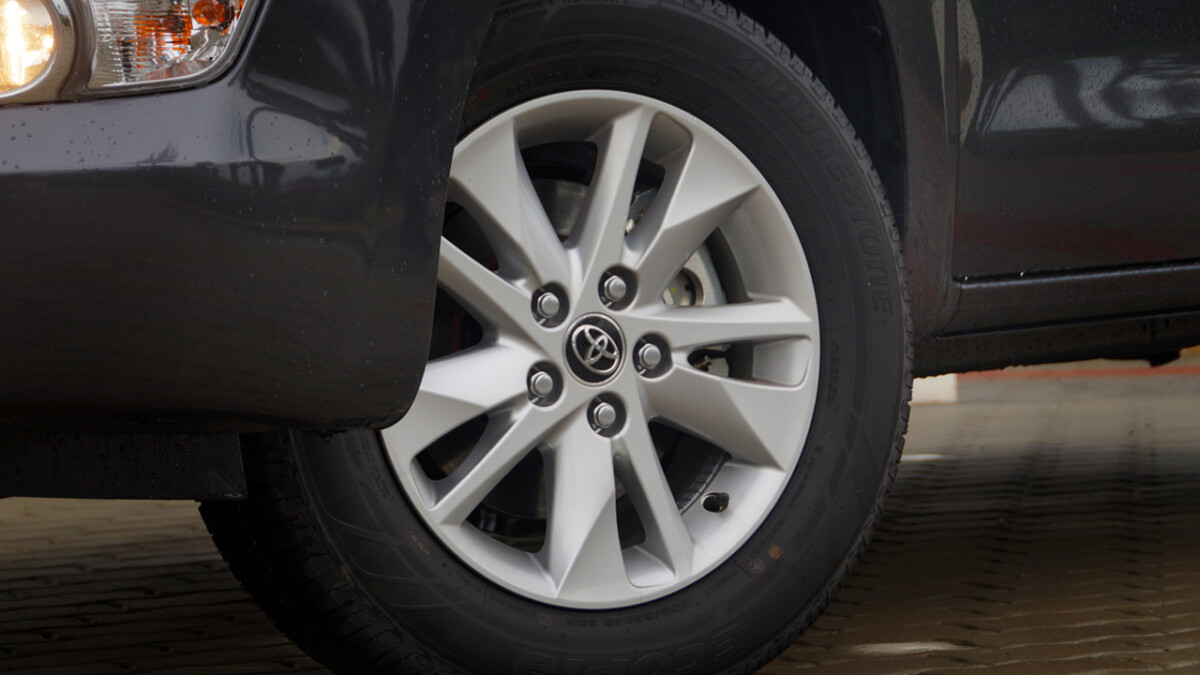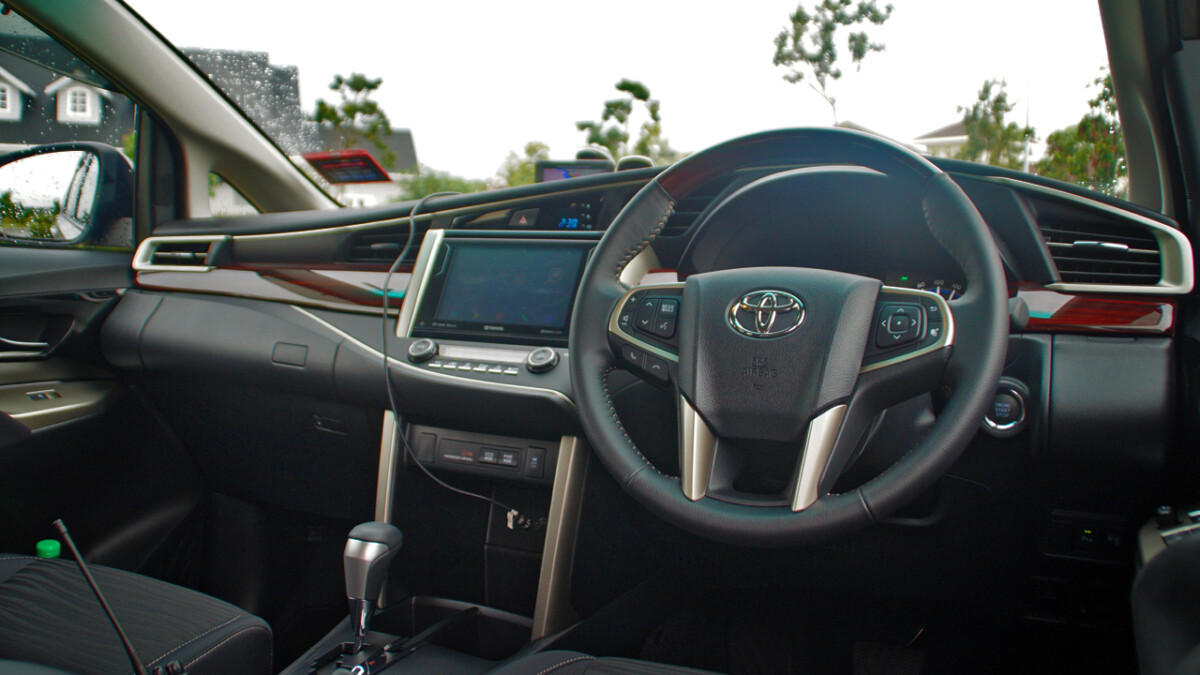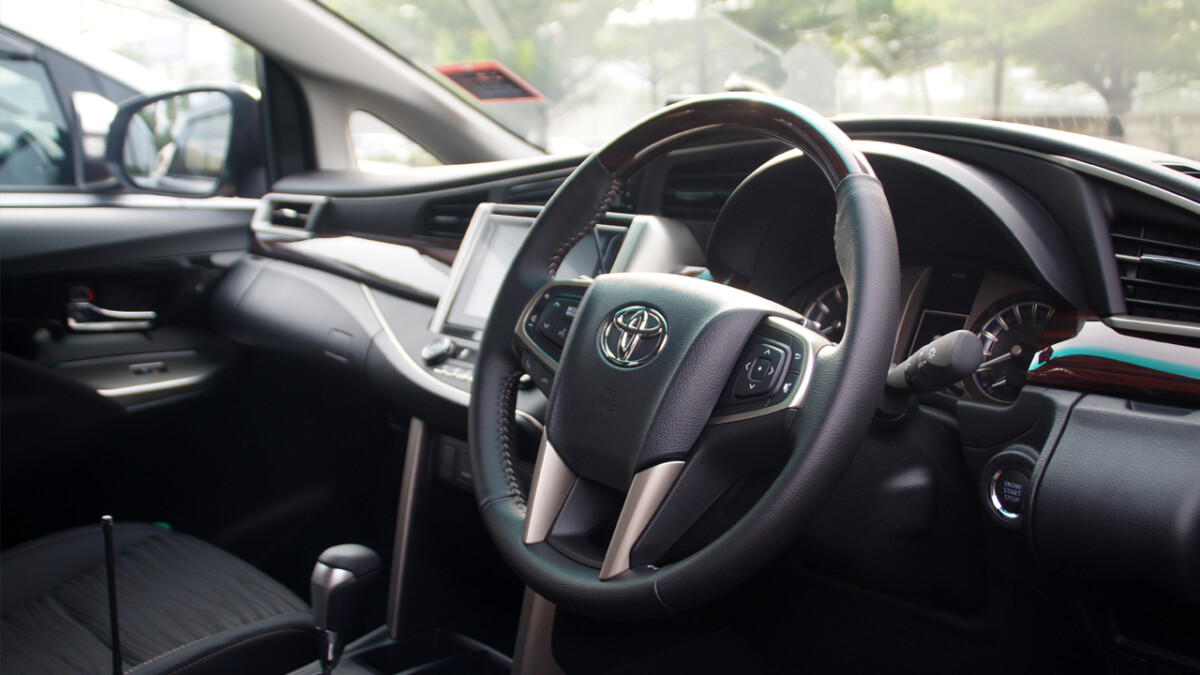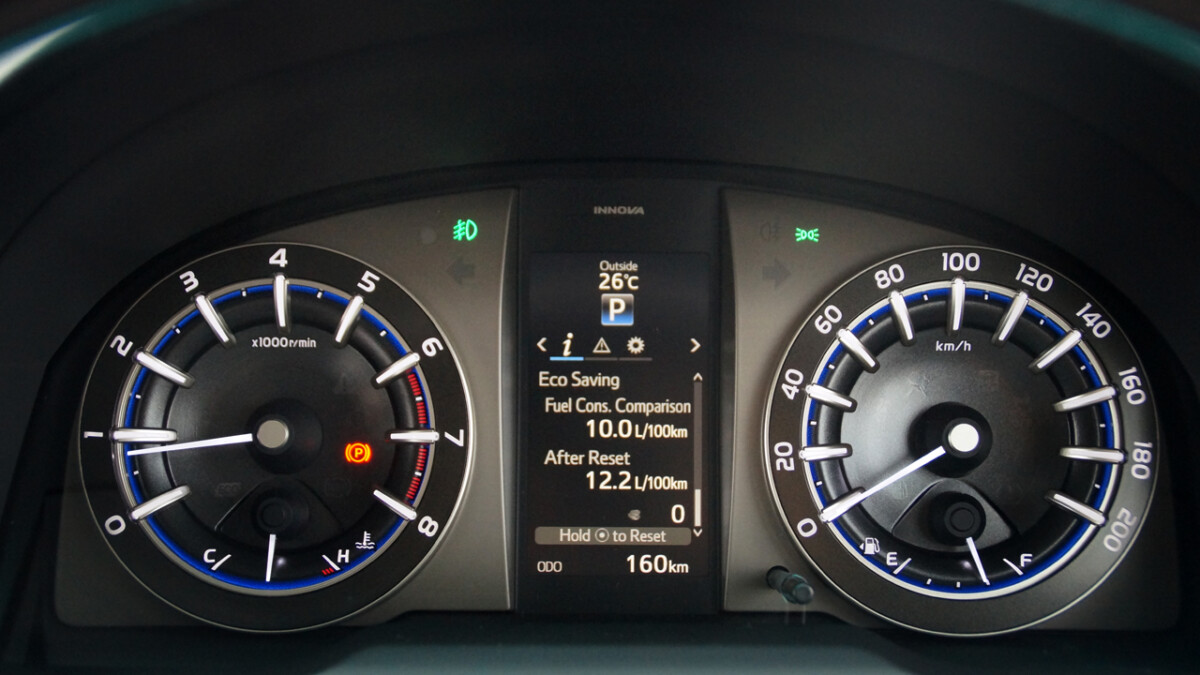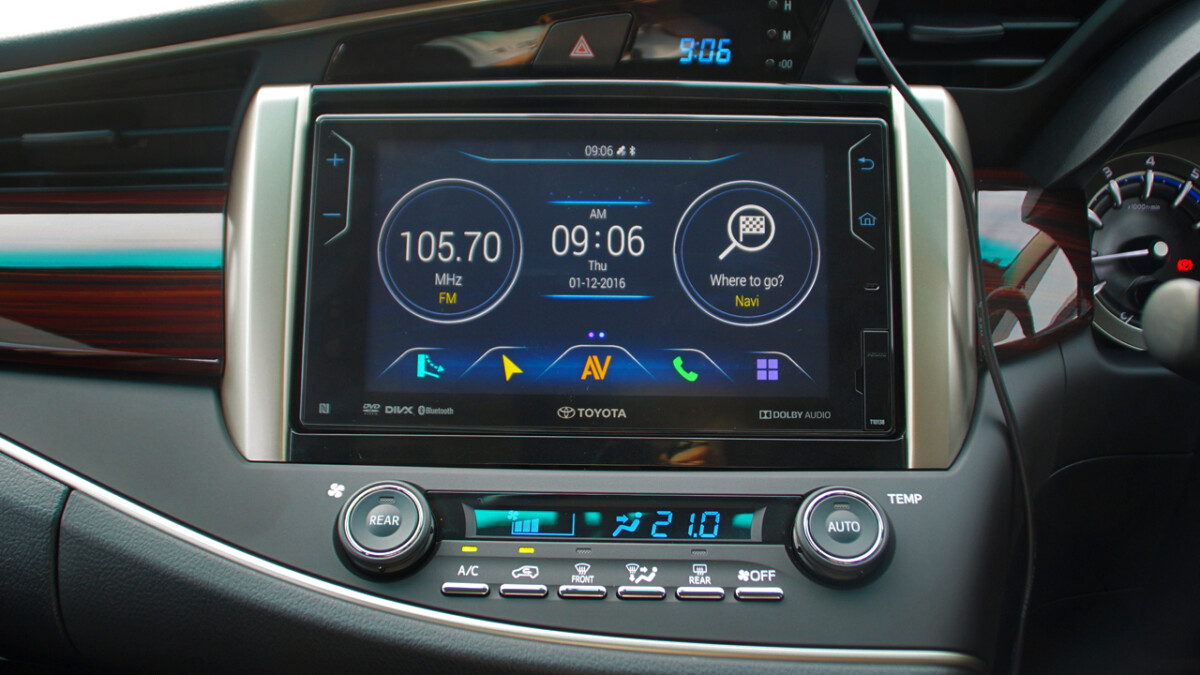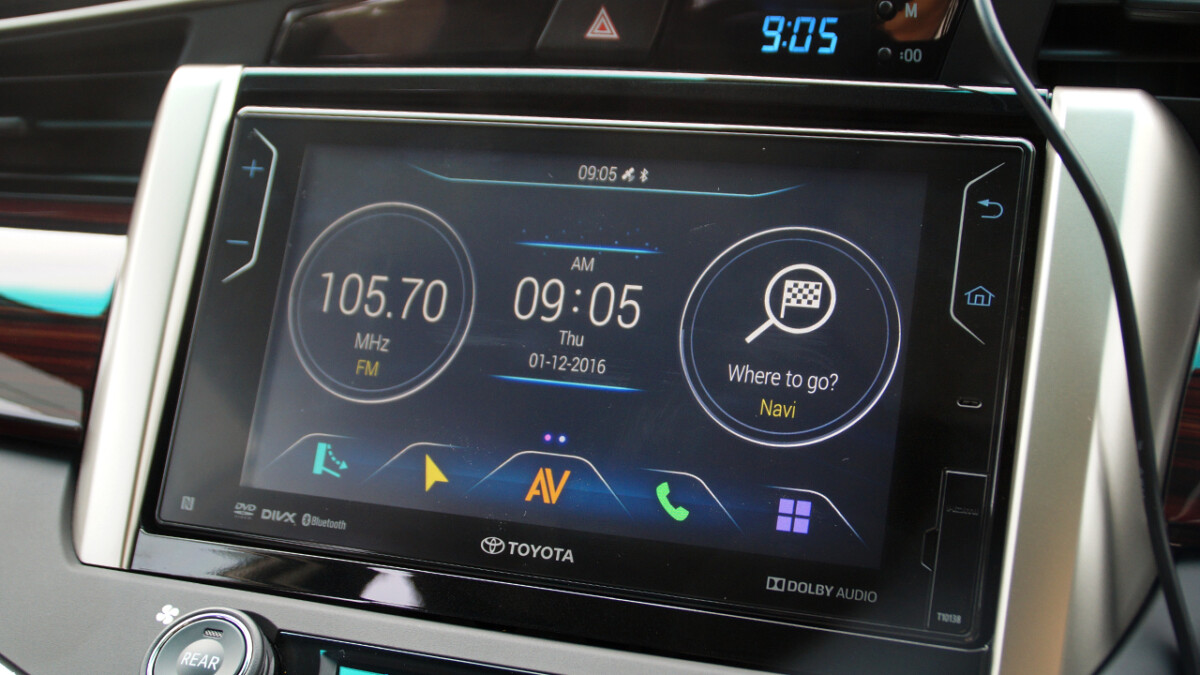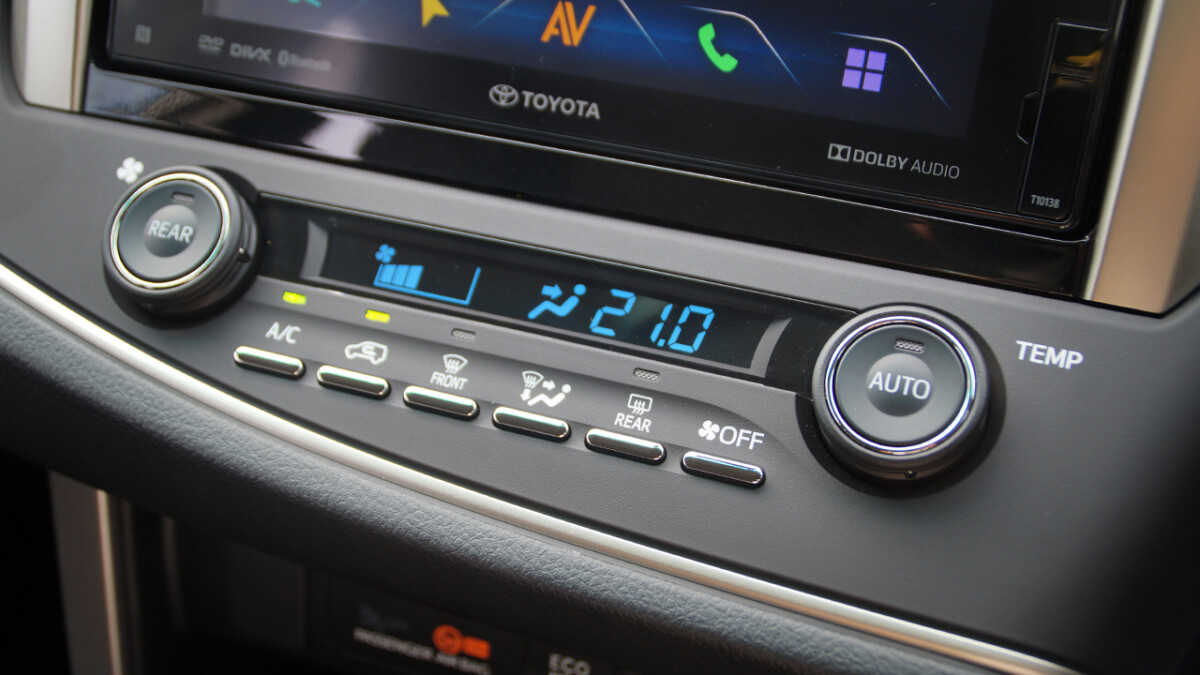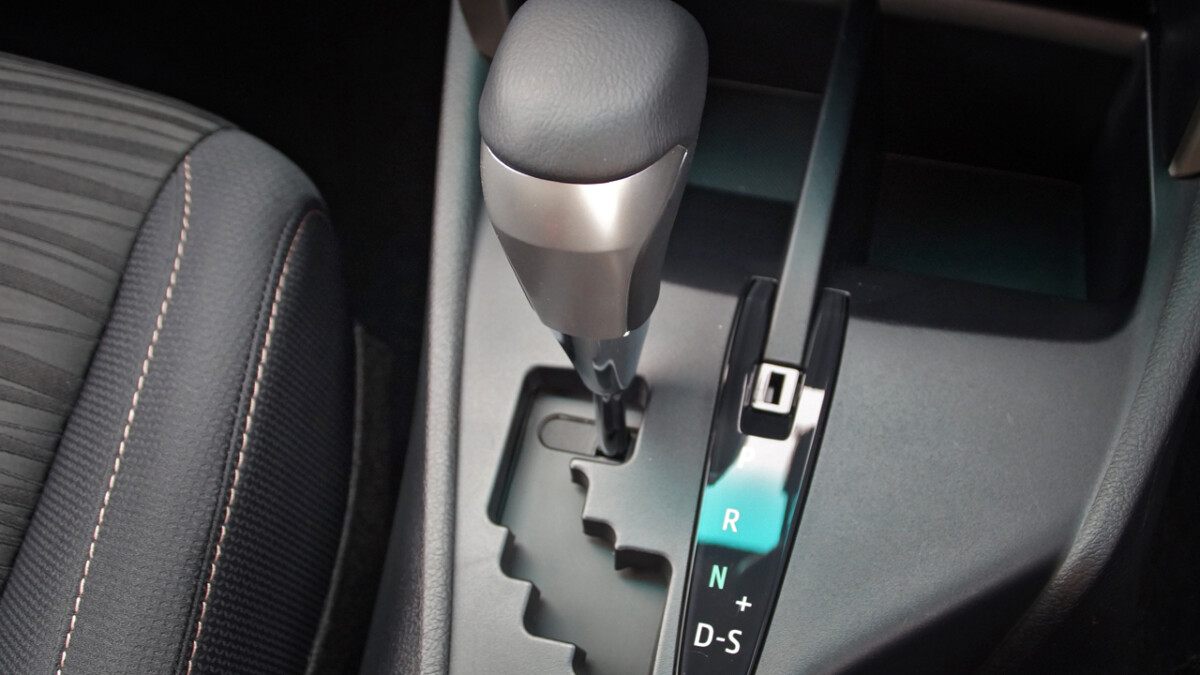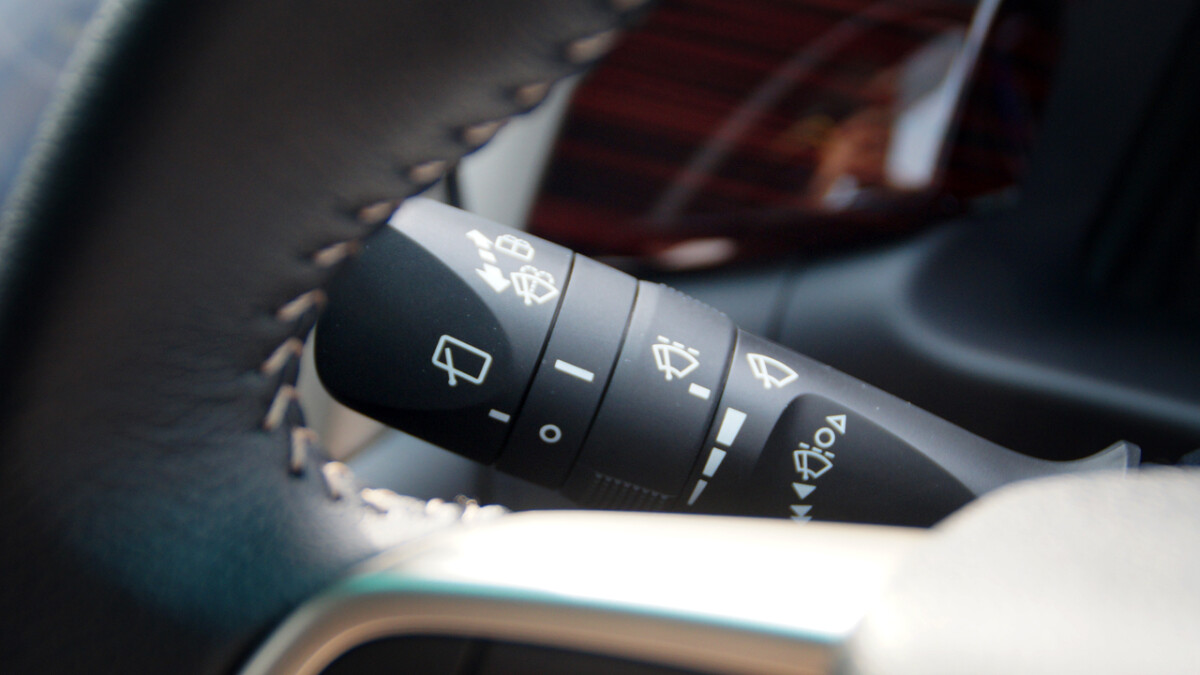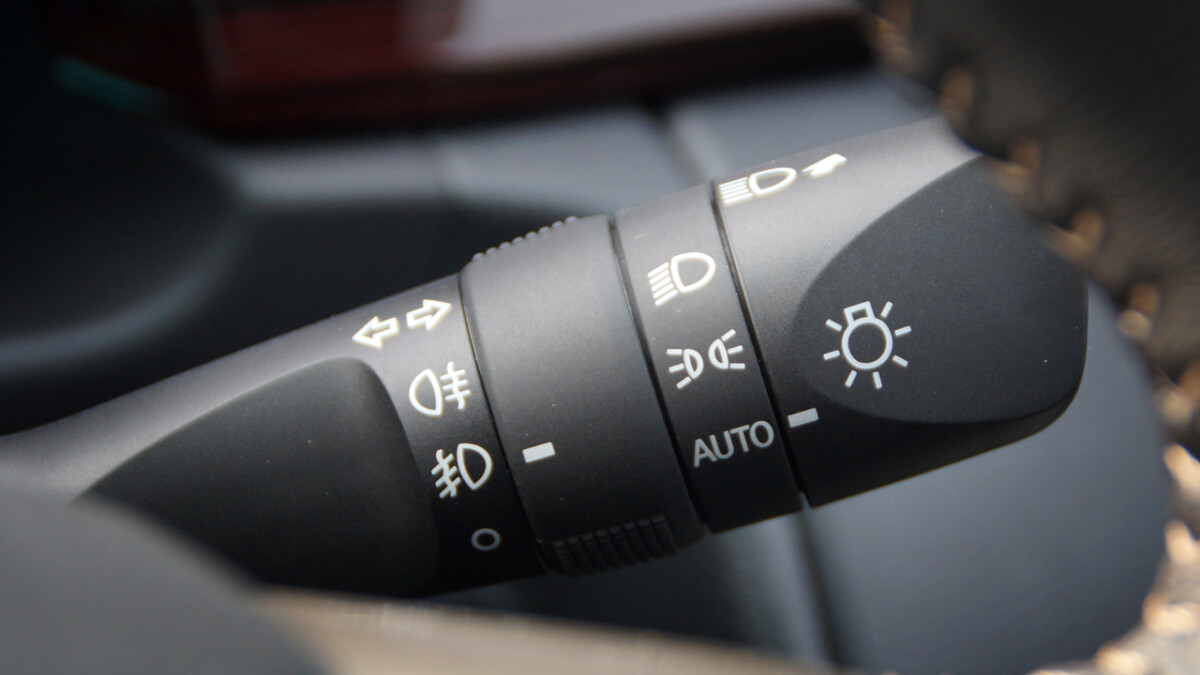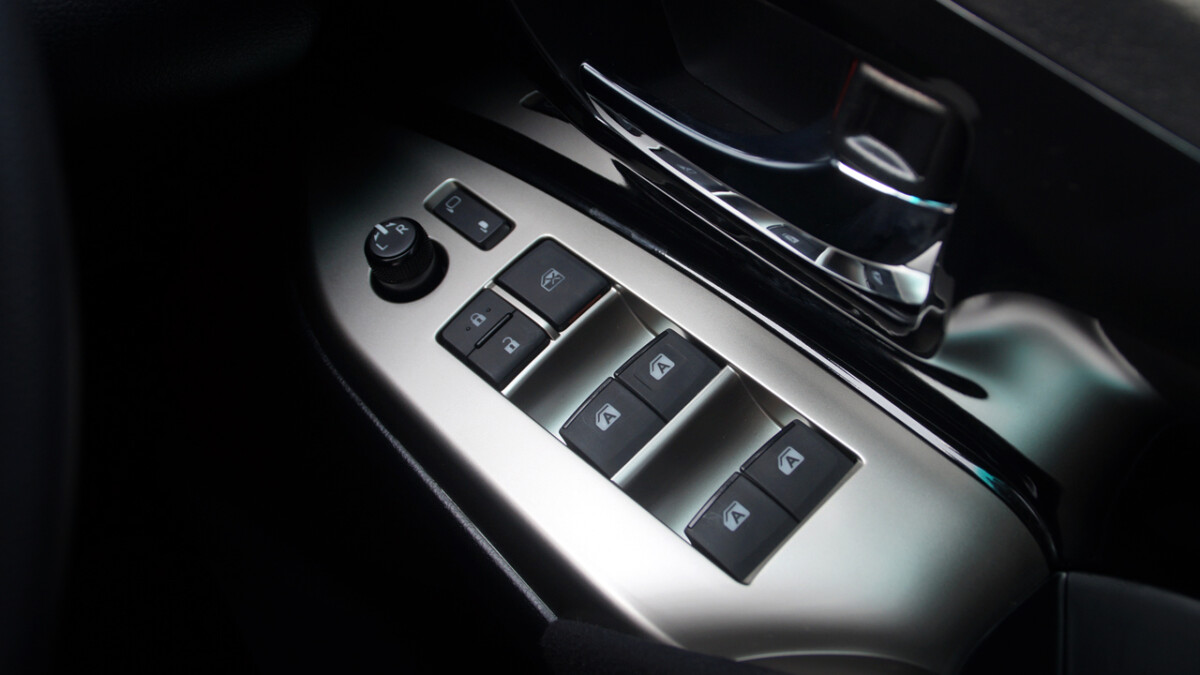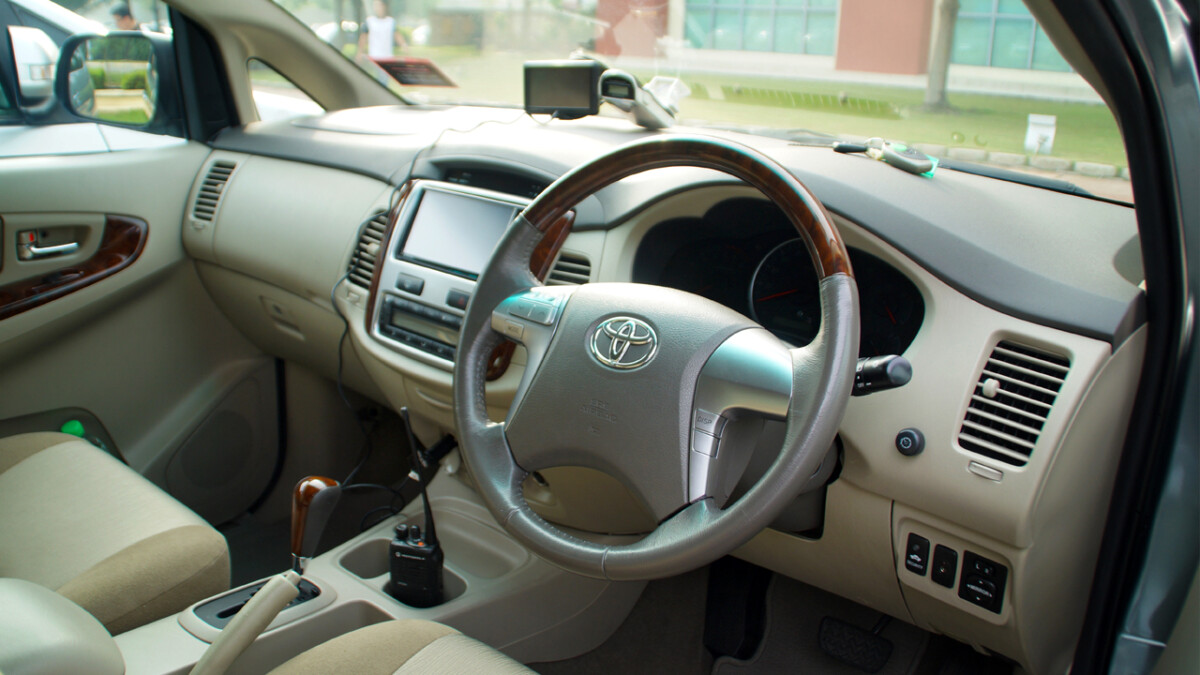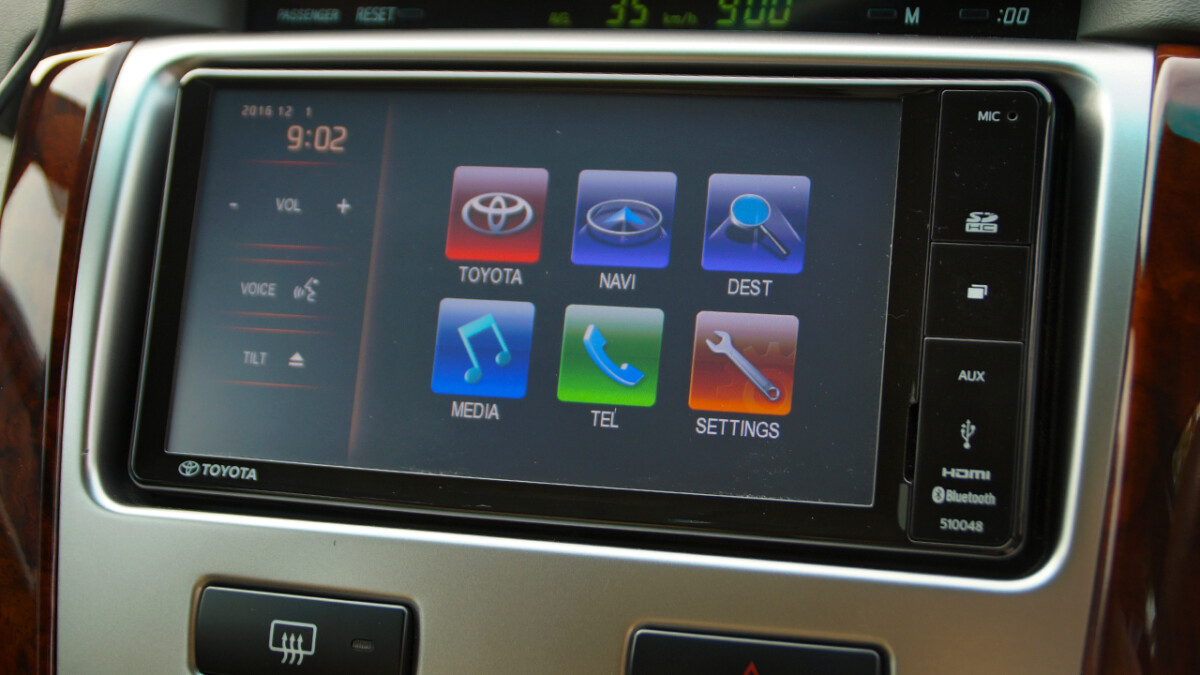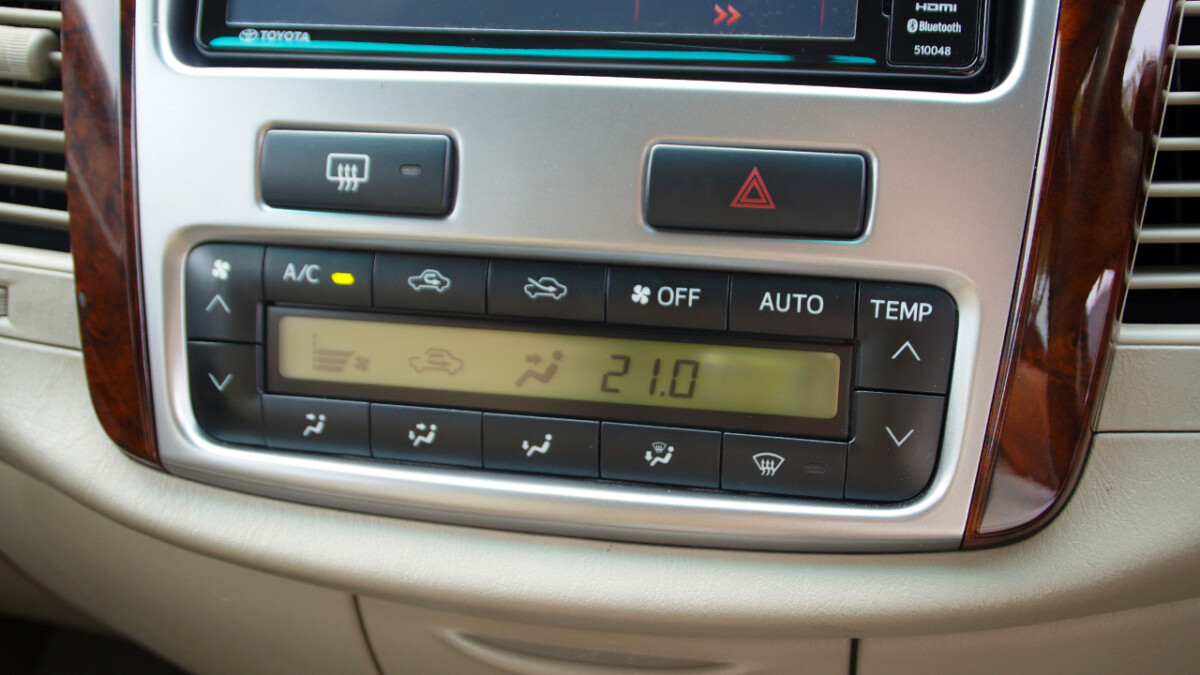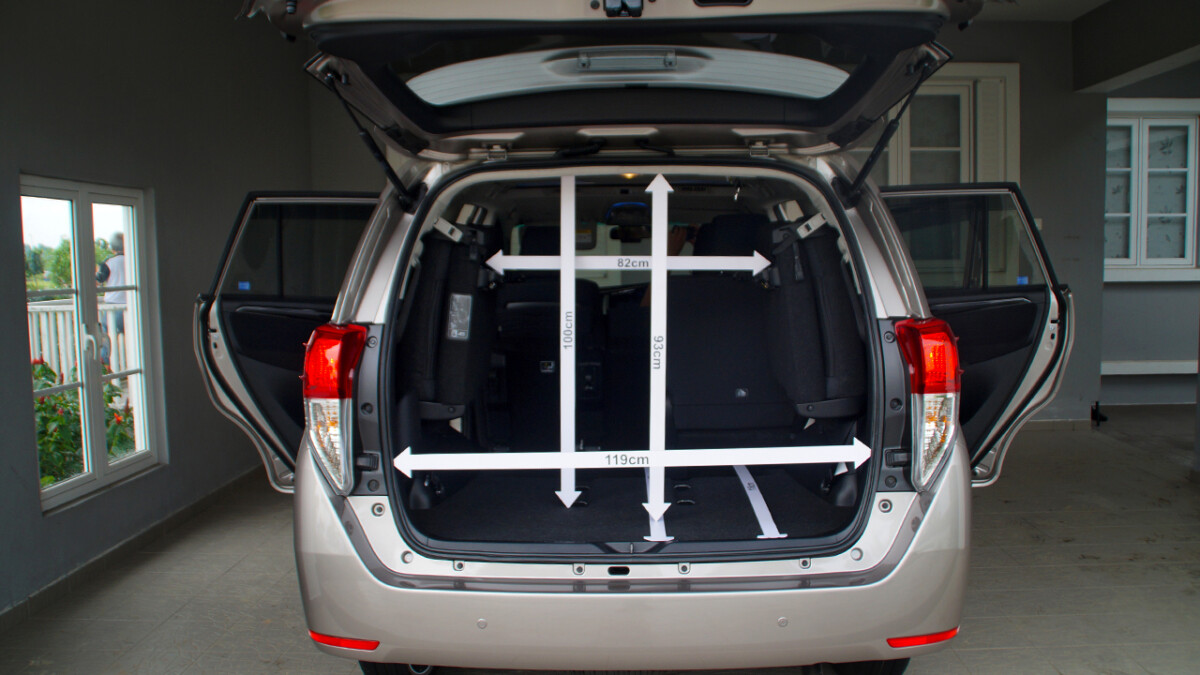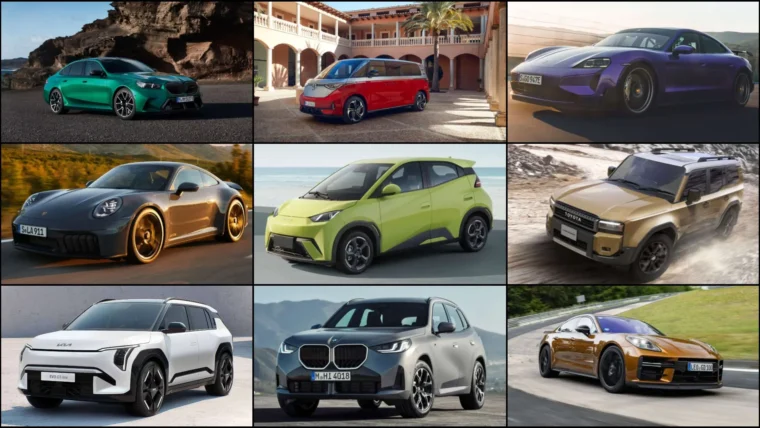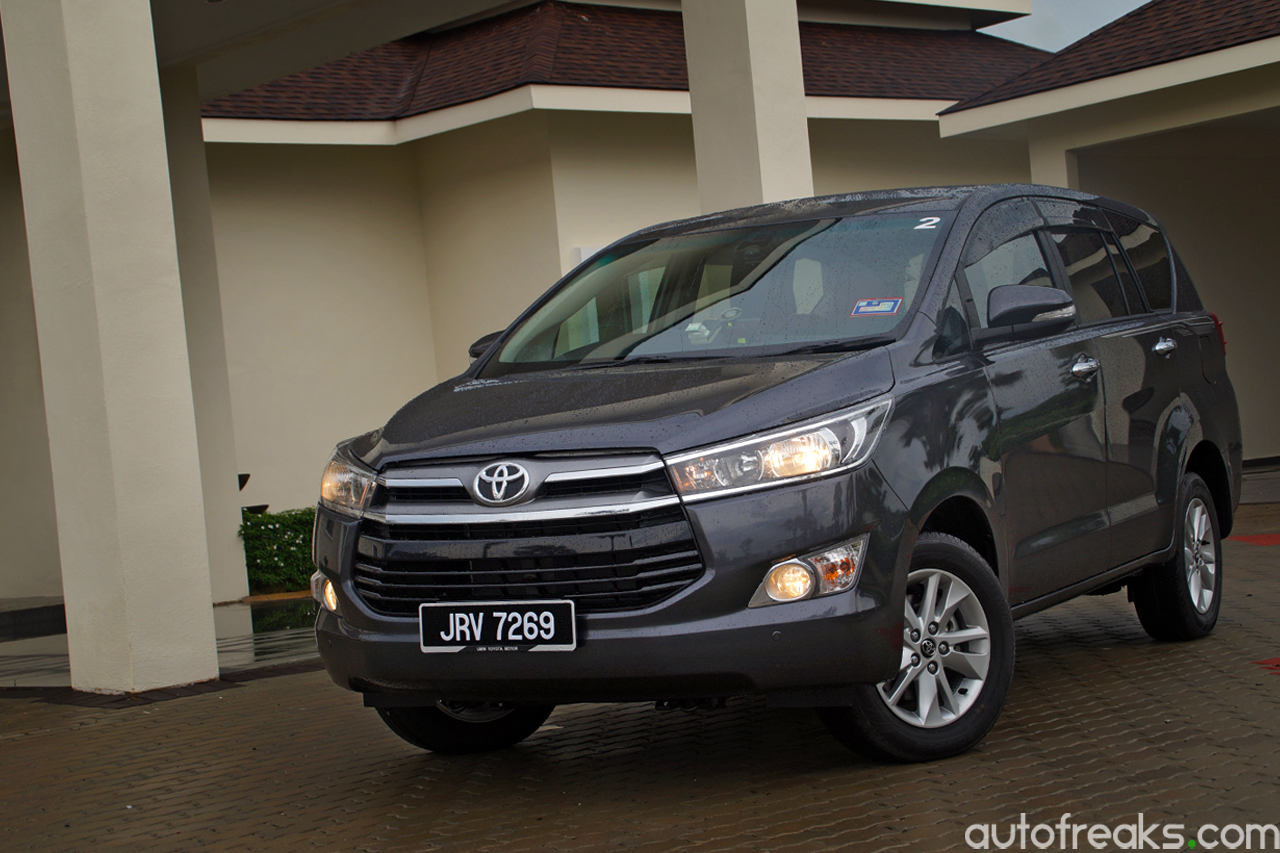
What’s the best way for a car manufacturer to convince people that its new model is better than the one it replaces other than by comparing them side by side.
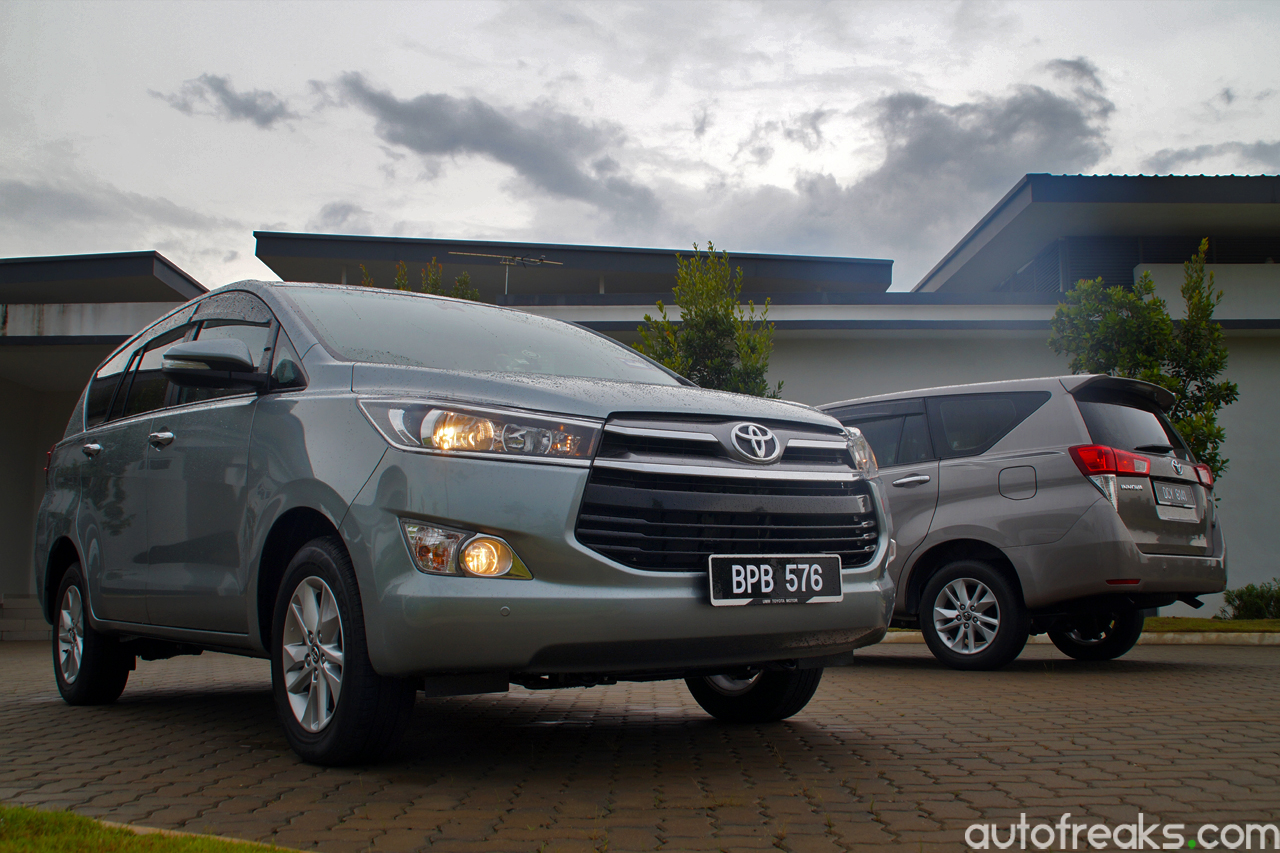
And UMW Toyota Motor did just that for the preview drive of the all-new Toyota Innova. They brought out seven units of the all-new Toyota Innova and seven units of the older model for us to compare.
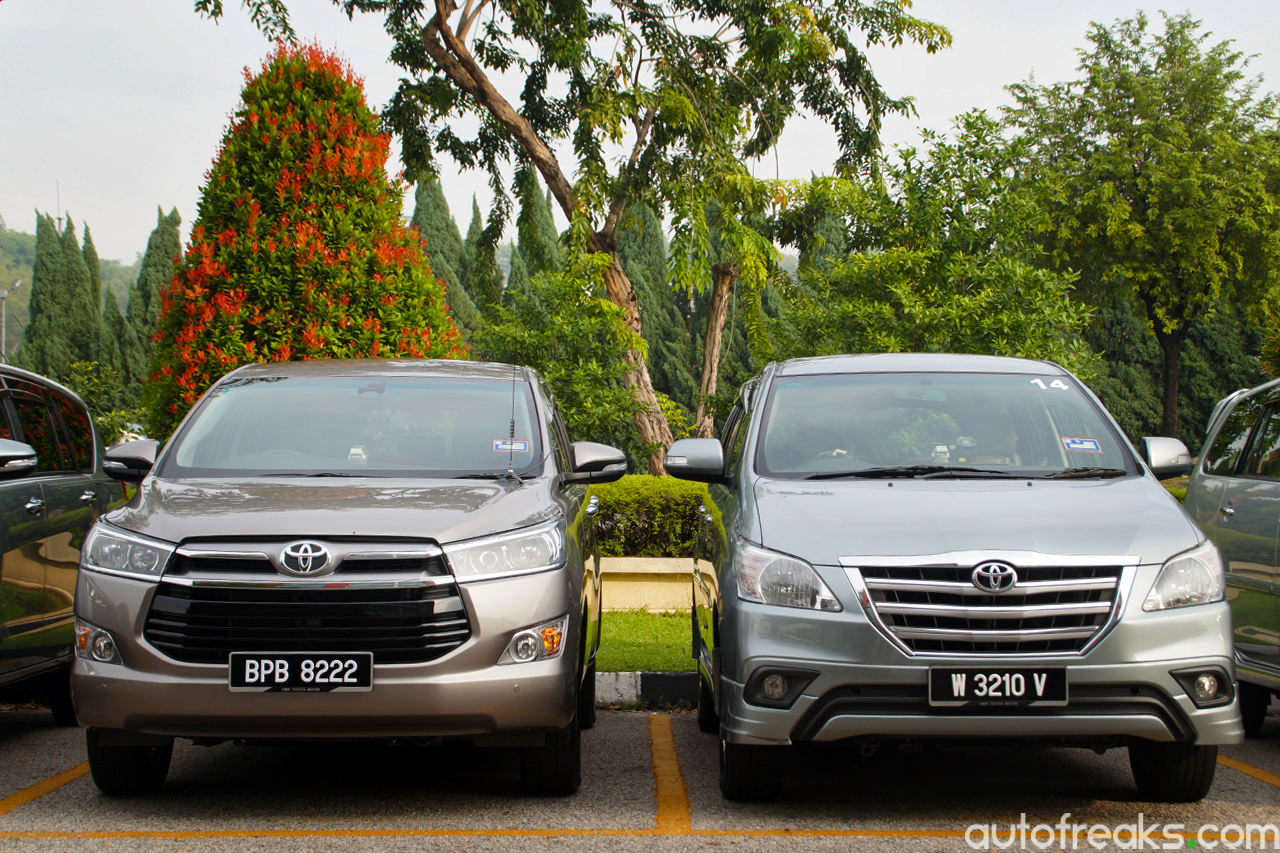
I first hopped into the older model to familiarize ourselves with the Innova. Inside, its painfully obvious that the Innova was designed way back in the early 2000s. The dashboard comes in a dual-tone beige and brown colour combination that is inspired by the Hilux of its era.
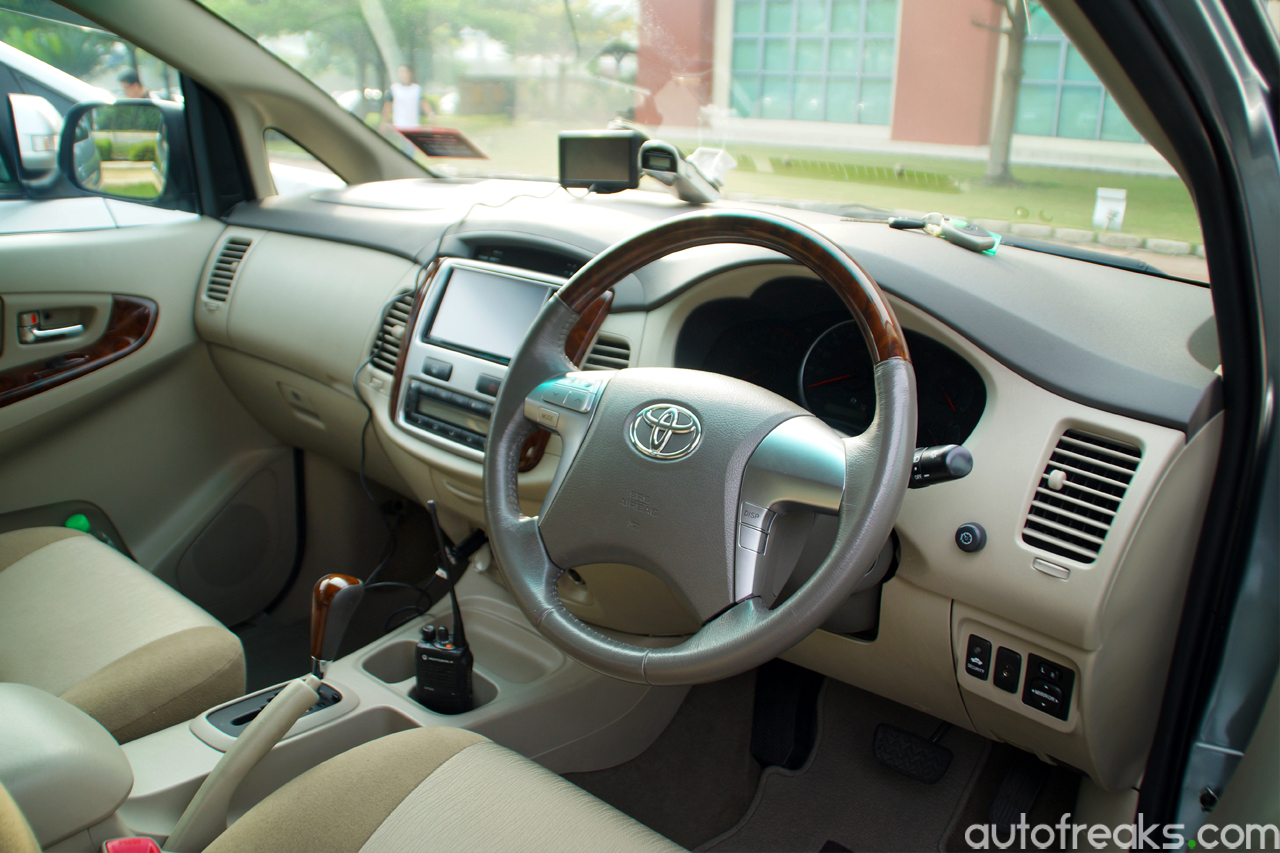
Whilst on the move, I noticed that the engine note was rather coarse, though with sufficient grunt to get the Innova moving. Transmission choices include a five-speed manual and a four-speed automatic, which does the job just fine, though the lack of more gears meant that at cruising speeds, the engine’s RPM is a bit on the high side. At higher speeds, the Innova does not feel planted, causing us to cut down on our speeds.
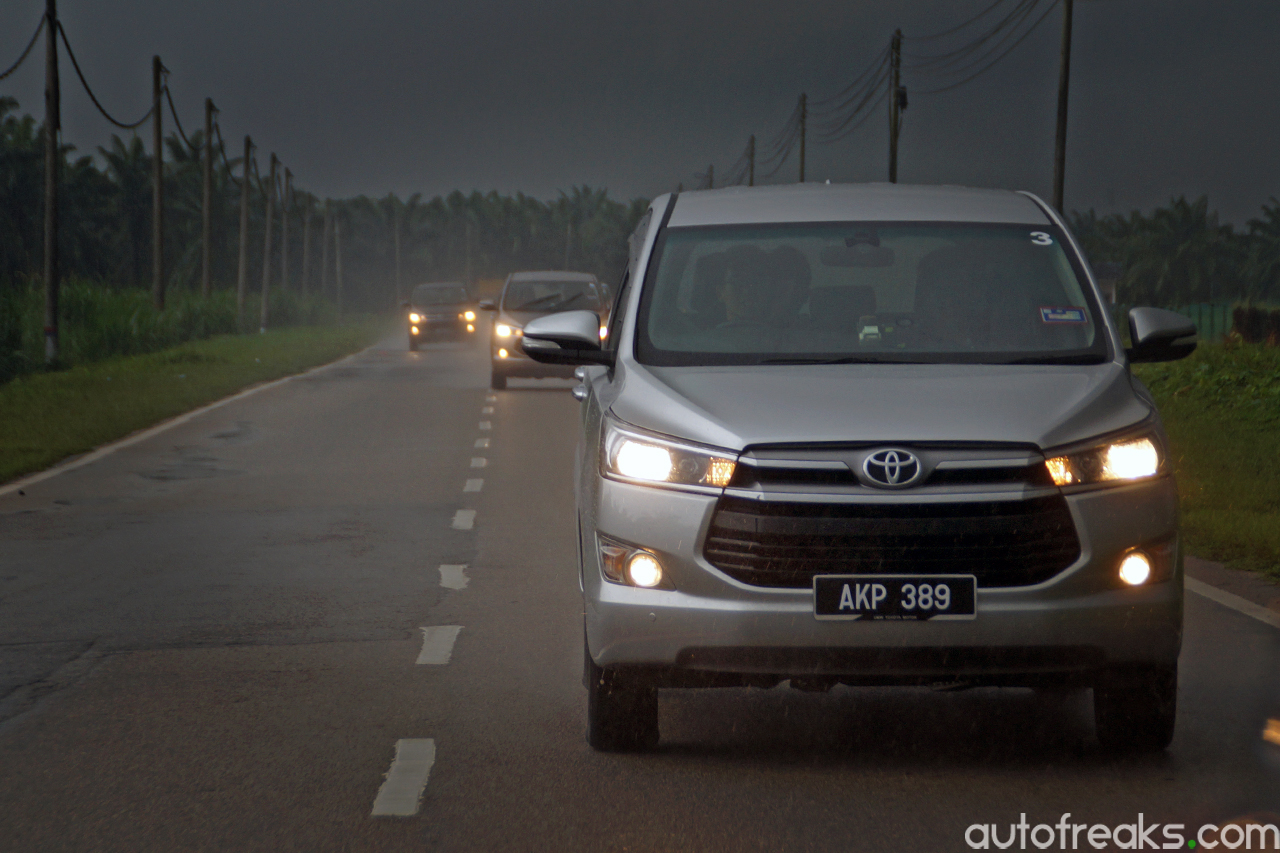
Granted, ride comfort on highways is decent enough, with the fat sidewalls soaking up bumps with ease. When the road surface conditions deteriorate, expect ride comfort to take a beating. It’s not bone-jarringly bad, just that the ride is a tad bit on the bumpy side.
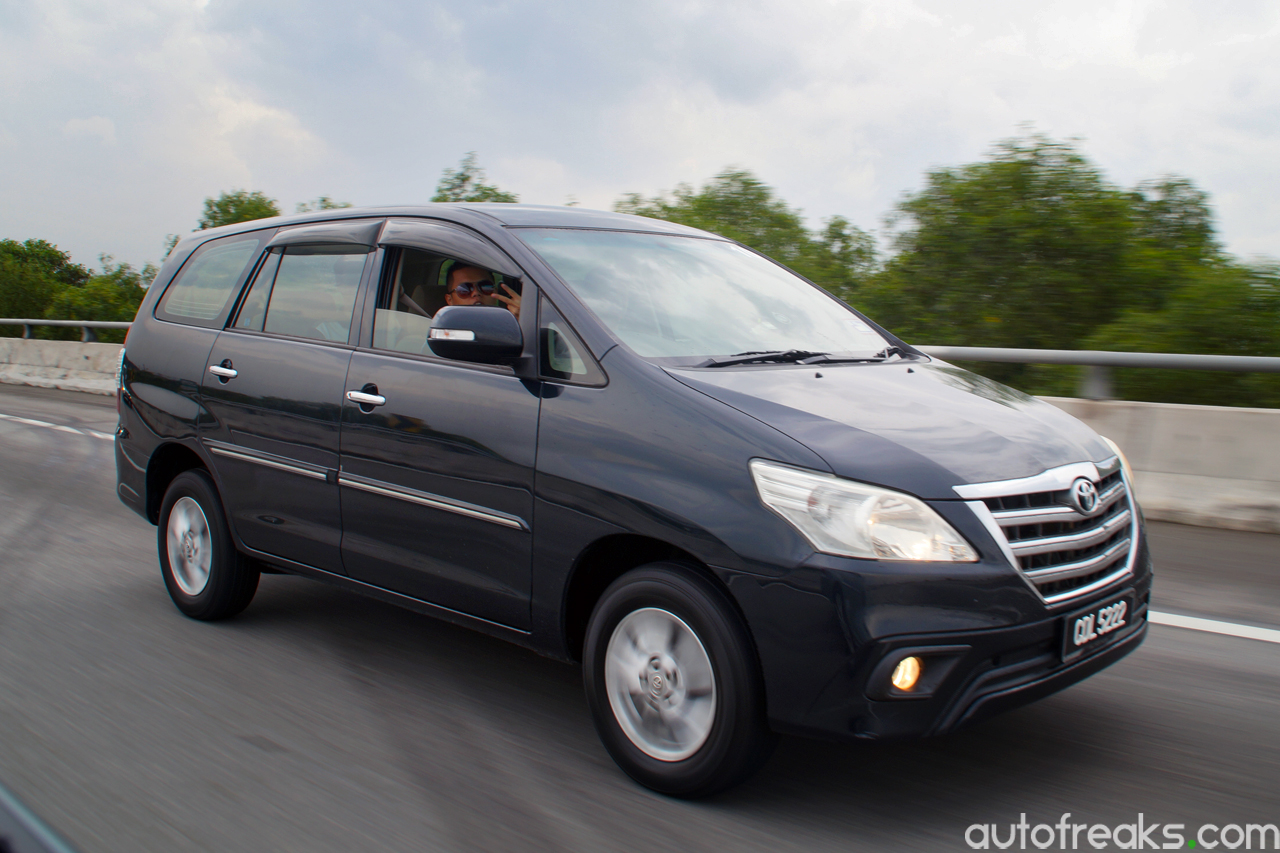
After lunch, those driving the older Innova hopped into the new models and vice versa. Immediately, I noticed that the new Innova boasts a more sophisticated interior. Out goes the beige interior, now replaced with a more eye-soothing shade of black. The dashboard “flows” from the driver side to the passenger side with a large eight-inch infotainment system taking centre stage. Our range-topping Innova 2.0G receives wood panel trim, fabric upholstery and ambient lighting. Versus its predecessor, the new Innova is practically day and night.
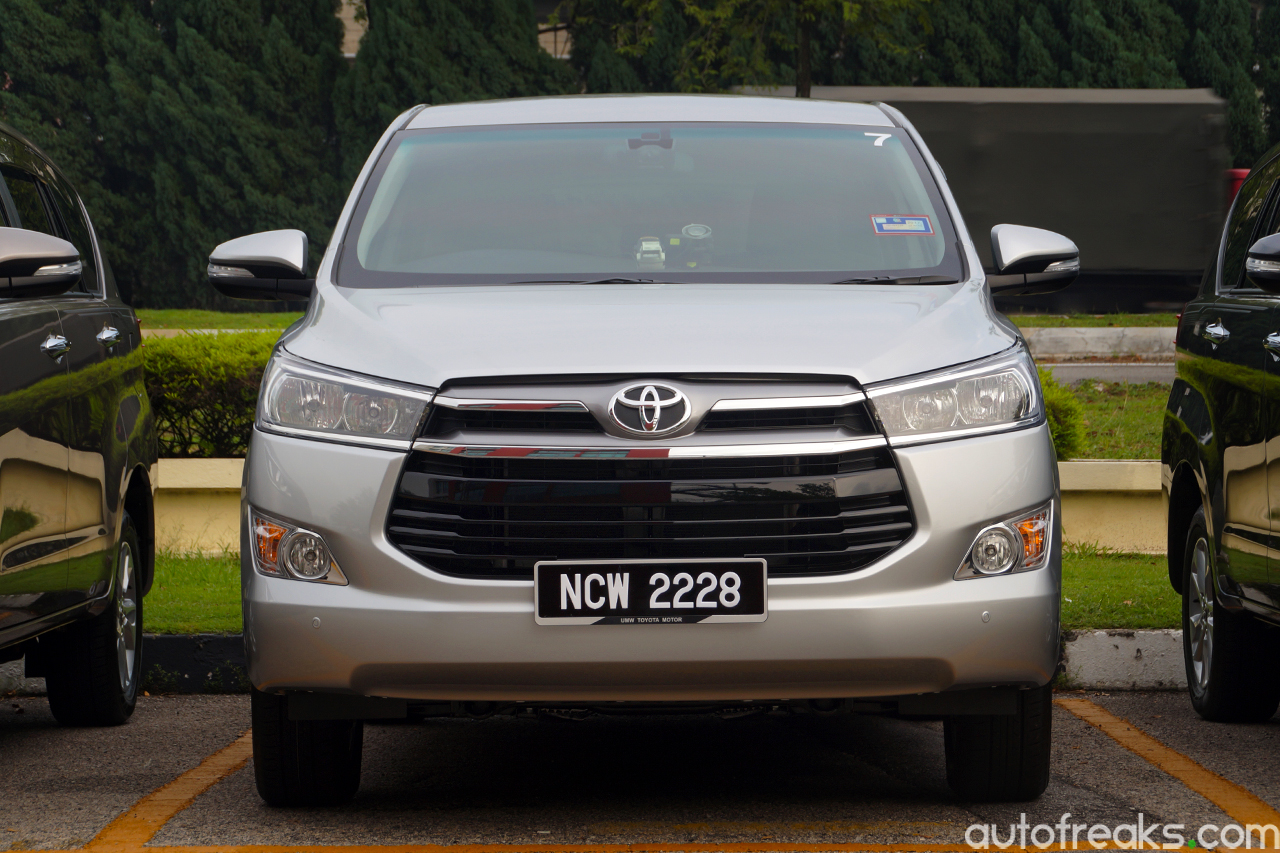
Under the hood, Toyota continues to utilize the proven 2.0-litre 1TR-FE four-cylinder petrol engine, though the new Innova gets the addition of Dual VVT-i. The Innova now does 139 PS and 183 Nm (up from 136 PS and 182 Nm), with drive going to the rear wheels via a new six-speed auto.
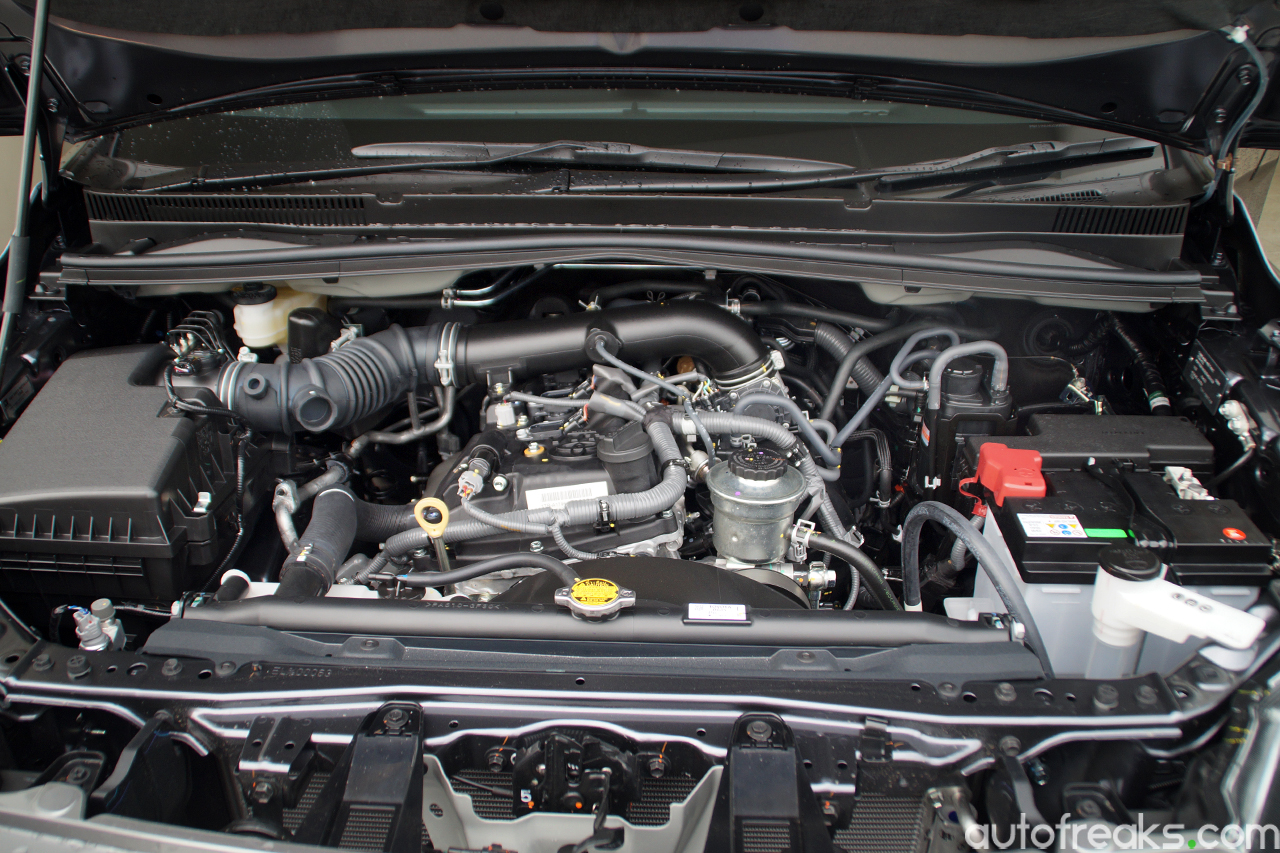
Despite the increase in weight (~100 kg), I never did notice it, as the engine never sounded stressed when gunned. Acceleration was noticeably stronger than the model it replaces, without the noise. Toyota was keen to point out that they have added extra sound insulation to the engine firewall, floor pan, door panels, roof lining, pillars, wheel arches and quarter panels.
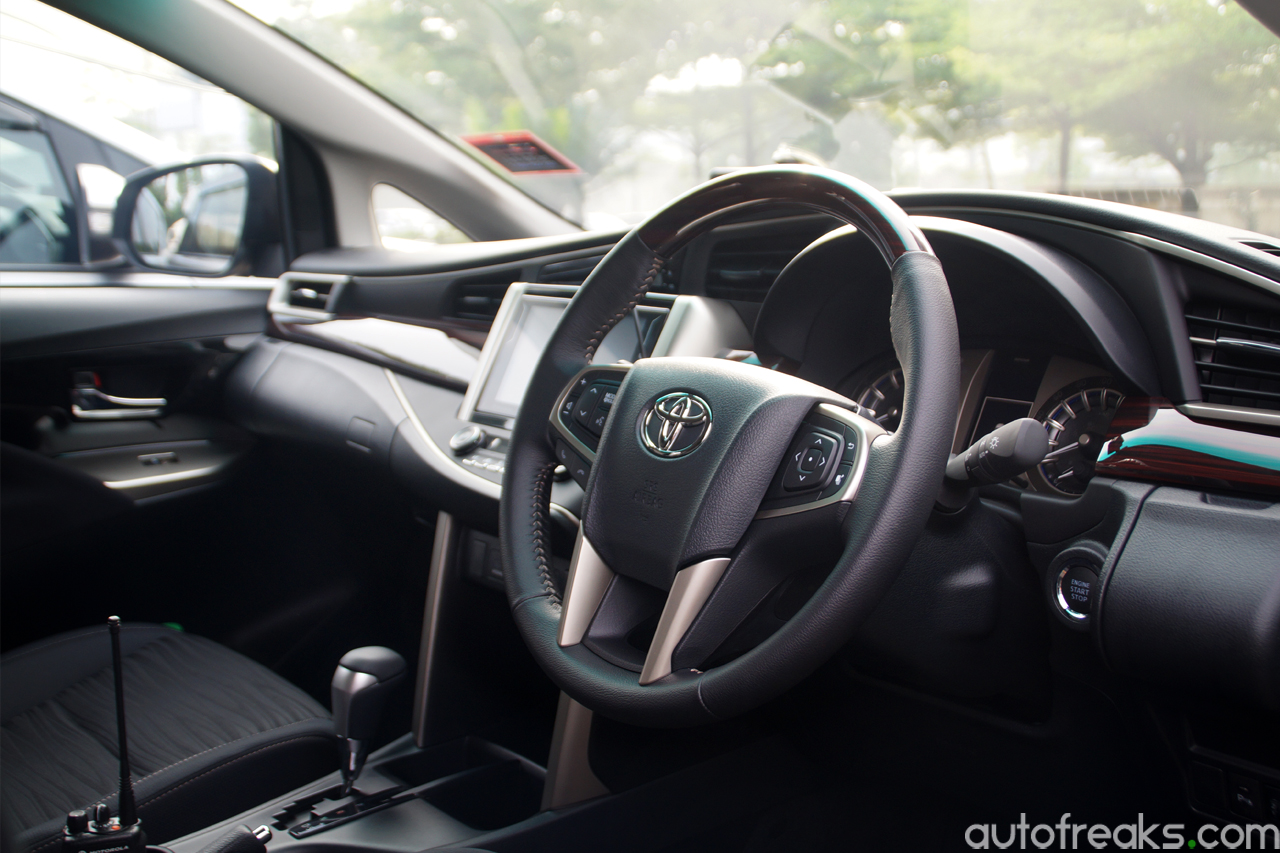
I gotta hand it to Toyota for the improved NVH levels. The updated Innova feels considerably quieter on the move, and thanks to reworked shock absorbers, ride comfort has also gone up a notch or two. Toyota said that they enlarged the rear shock absorber cylinder, thus improving the Innova’s ability to soak up small vibrations. On highways the new Innova feels right at home, and bumpier roads fail to upset the Innova’s ride quality.
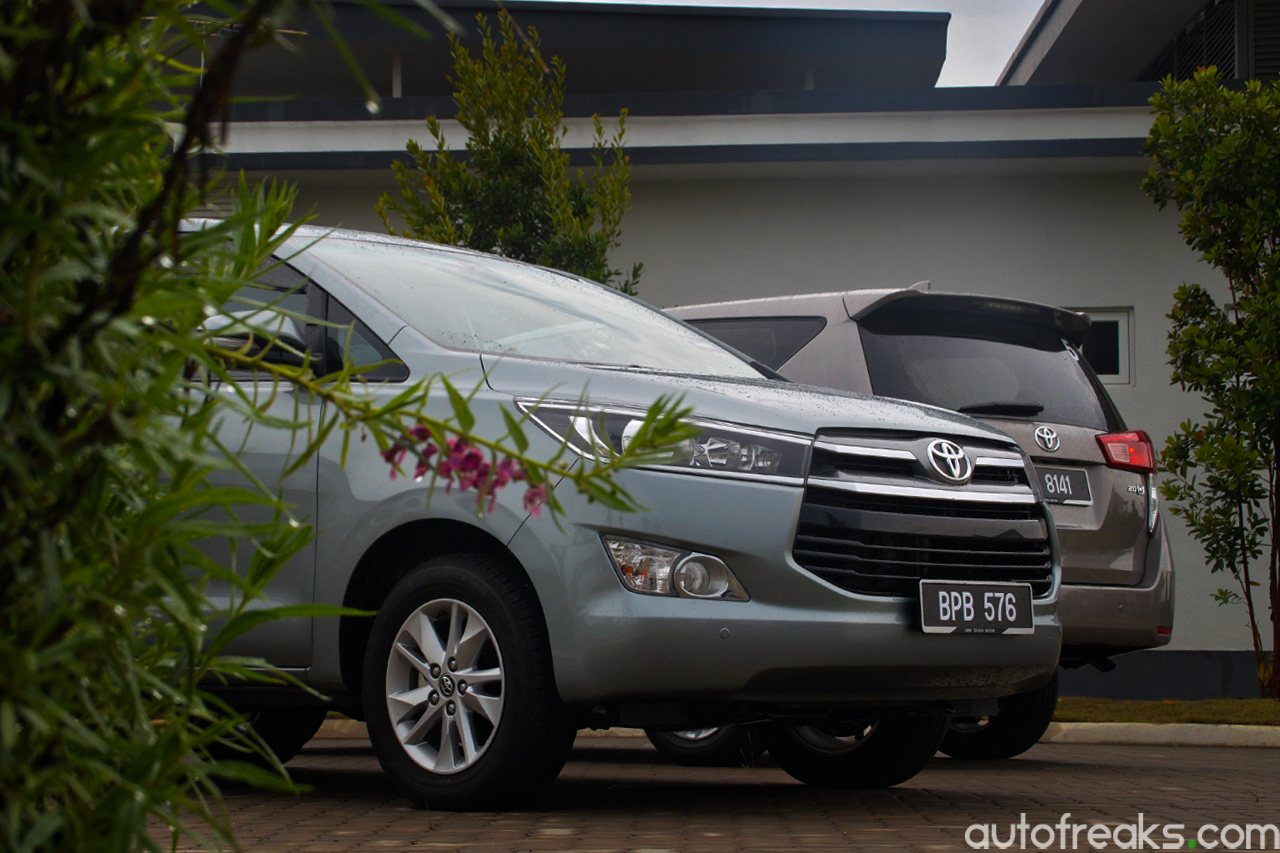
Of course, these are just the initial impressions we gathered after spending a couple of hours with the new Innova. We will be going through the Innova in depth soon, so do stay tuned for that!
Other posts by AF Newsdesk



